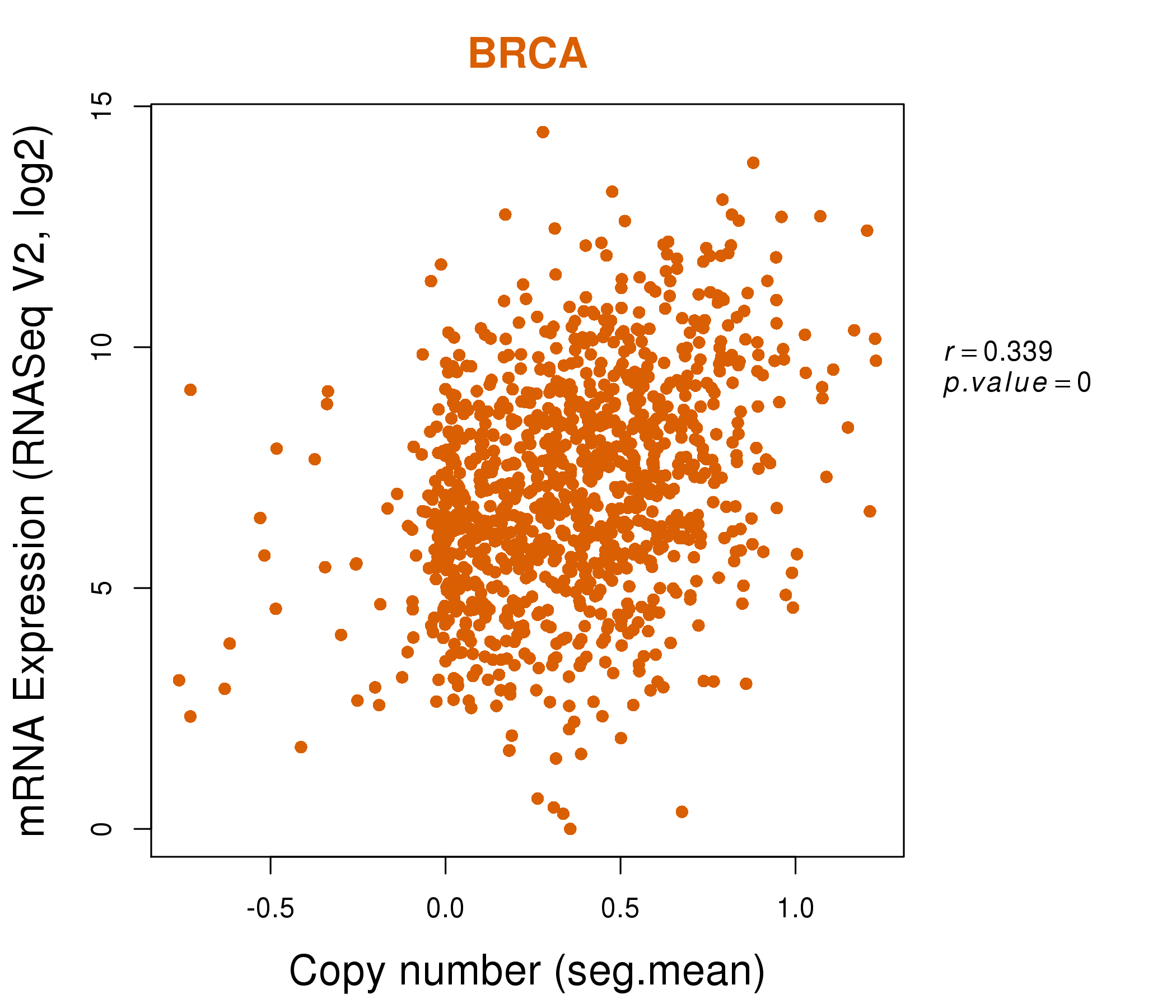|
||||||||||||||||||||
| |
| Phenotypic Information (metabolism pathway, cancer, disease, phenome) |
| |
| |
| Gene-Gene Network Information: Co-Expression Network, Interacting Genes & KEGG |
| |
|
| Gene Summary for AGT |
| Basic gene info. | Gene symbol | AGT |
| Gene name | angiotensinogen (serpin peptidase inhibitor, clade A, member 8) | |
| Synonyms | ANHU|SERPINA8 | |
| Cytomap | UCSC genome browser: 1q42.2 | |
| Genomic location | chr1 :230838271-230850336 | |
| Type of gene | protein-coding | |
| RefGenes | NM_000029.3, | |
| Ensembl id | ENSG00000135744 | |
| Description | alpha-1 antiproteinase, antitrypsinangiotensin Iangiotensin IIangiotensinogenpre-angiotensinogenserine (or cysteine) proteinase inhibitorserpin A8 | |
| Modification date | 20141222 | |
| dbXrefs | MIM : 106150 | |
| HGNC : HGNC | ||
| Ensembl : ENSG00000135744 | ||
| HPRD : 00106 | ||
| Vega : OTTHUMG00000037757 | ||
| Protein | UniProt: P01019 go to UniProt's Cross Reference DB Table | |
| Expression | CleanEX: HS_AGT | |
| BioGPS: 183 | ||
| Gene Expression Atlas: ENSG00000135744 | ||
| The Human Protein Atlas: ENSG00000135744 | ||
| Pathway | NCI Pathway Interaction Database: AGT | |
| KEGG: AGT | ||
| REACTOME: AGT | ||
| ConsensusPathDB | ||
| Pathway Commons: AGT | ||
| Metabolism | MetaCyc: AGT | |
| HUMANCyc: AGT | ||
| Regulation | Ensembl's Regulation: ENSG00000135744 | |
| miRBase: chr1 :230,838,271-230,850,336 | ||
| TargetScan: NM_000029 | ||
| cisRED: ENSG00000135744 | ||
| Context | iHOP: AGT | |
| cancer metabolism search in PubMed: AGT | ||
| UCL Cancer Institute: AGT | ||
| Assigned class in ccmGDB | B - This gene belongs to cancer gene. | |
| Top |
| Phenotypic Information for AGT(metabolism pathway, cancer, disease, phenome) |
| Cancer | CGAP: AGT |
| Familial Cancer Database: AGT | |
| * This gene is included in those cancer gene databases. |
|
|
|
|
|
| . | ||||||||||||||
Oncogene 1 | Significant driver gene in | |||||||||||||||||||
| cf) number; DB name 1 Oncogene; http://nar.oxfordjournals.org/content/35/suppl_1/D721.long, 2 Tumor Suppressor gene; https://bioinfo.uth.edu/TSGene/, 3 Cancer Gene Census; http://www.nature.com/nrc/journal/v4/n3/abs/nrc1299.html, 4 CancerGenes; http://nar.oxfordjournals.org/content/35/suppl_1/D721.long, 5 Network of Cancer Gene; http://ncg.kcl.ac.uk/index.php, 1Therapeutic Vulnerabilities in Cancer; http://cbio.mskcc.org/cancergenomics/statius/ |
| REACTOME_METABOLISM_OF_LIPIDS_AND_LIPOPROTEINS | |
| OMIM | 106150; gene. 145500; phenotype. 267430; phenotype. |
| Orphanet | 243761; Essential hypertension. 97369; Renal tubular dysgenesis of genetic origin. |
| Disease | KEGG Disease: AGT |
| MedGen: AGT (Human Medical Genetics with Condition) | |
| ClinVar: AGT | |
| Phenotype | MGI: AGT (International Mouse Phenotyping Consortium) |
| PhenomicDB: AGT | |
| Mutations for AGT |
| * Under tables are showing count per each tissue to give us broad intuition about tissue specific mutation patterns.You can go to the detailed page for each mutation database's web site. |
| - Statistics for Tissue and Mutation type | Top |
 |
| - For Inter-chromosomal Variations |
| There's no inter-chromosomal structural variation. |
| - For Intra-chromosomal Variations |
| * Intra-chromosomal variantions includes 'intrachromosomal amplicon to amplicon', 'intrachromosomal amplicon to non-amplified dna', 'intrachromosomal deletion', 'intrachromosomal fold-back inversion', 'intrachromosomal inversion', 'intrachromosomal tandem duplication', 'Intrachromosomal unknown type', 'intrachromosomal with inverted orientation', 'intrachromosomal with non-inverted orientation'. |
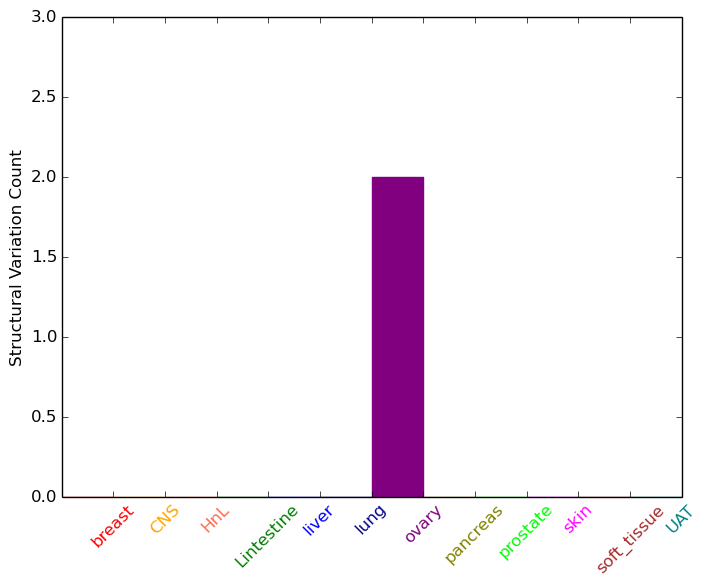 |
| Sample | Symbol_a | Chr_a | Start_a | End_a | Symbol_b | Chr_b | Start_b | End_b |
| ovary | AGT | chr1 | 230841684 | 230841704 | chr1 | 230865748 | 230865768 | |
| ovary | AGT | chr1 | 230848219 | 230848239 | AGT | chr1 | 230848329 | 230848349 |
| cf) Tissue number; Tissue name (1;Breast, 2;Central_nervous_system, 3;Haematopoietic_and_lymphoid_tissue, 4;Large_intestine, 5;Liver, 6;Lung, 7;Ovary, 8;Pancreas, 9;Prostate, 10;Skin, 11;Soft_tissue, 12;Upper_aerodigestive_tract) |
| * From mRNA Sanger sequences, Chitars2.0 arranged chimeric transcripts. This table shows AGT related fusion information. |
| ID | Head Gene | Tail Gene | Accession | Gene_a | qStart_a | qEnd_a | Chromosome_a | tStart_a | tEnd_a | Gene_a | qStart_a | qEnd_a | Chromosome_a | tStart_a | tEnd_a |
| DA142897 | GABBR2 | 1 | 83 | 9 | 101051796 | 101051878 | AGT | 84 | 560 | 1 | 230846160 | 230849867 | |
| BP347159 | AGT | 1 | 536 | 1 | 230846101 | 230849867 | GGCT | 530 | 582 | 7 | 30544320 | 30544372 | |
| Top |
| There's no copy number variation information in COSMIC data for this gene. |
| Top |
|
 |
| Top |
| Stat. for Non-Synonymous SNVs (# total SNVs=47) | (# total SNVs=23) |
 | 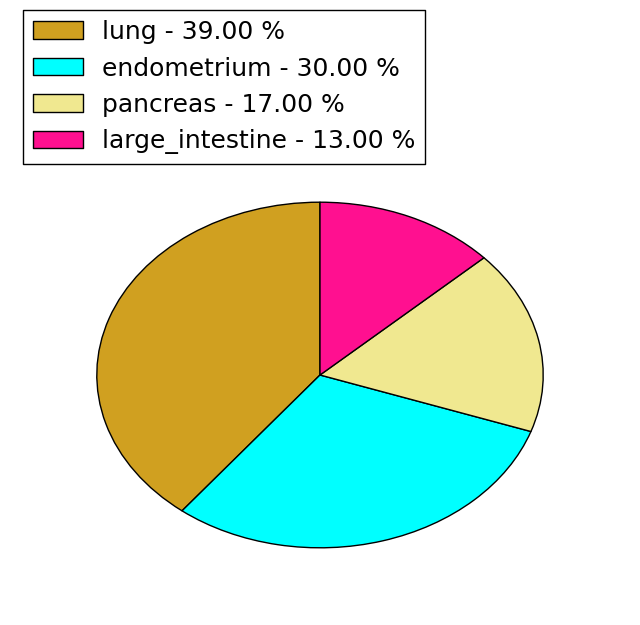 |
(# total SNVs=3) | (# total SNVs=0) |
 |
| Top |
| * When you move the cursor on each content, you can see more deailed mutation information on the Tooltip. Those are primary_site,primary_histology,mutation(aa),pubmedID. |
| GRCh37 position | Mutation(aa) | Unique sampleID count |
| chr1:230846279-230846279 | p.V106V | 4 |
| chr1:230846540-230846540 | p.A19A | 3 |
| chr1:230845794-230845794 | p.M268T | 3 |
| chr1:230838910-230838910 | p.A479S | 3 |
| chr1:230846131-230846131 | p.D156N | 3 |
| chr1:230846185-230846185 | p.A138T | 2 |
| chr1:230841788-230841788 | p.S339G | 2 |
| chr1:230840082-230840082 | p.T376S | 2 |
| chr1:230846386-230846386 | p.P71T | 2 |
| chr1:230846067-230846067 | p.A177V | 2 |
| Top |
|
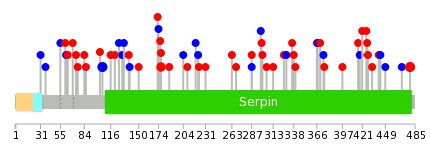 |
| Point Mutation/ Tissue ID | 1 | 2 | 3 | 4 | 5 | 6 | 7 | 8 | 9 | 10 | 11 | 12 | 13 | 14 | 15 | 16 | 17 | 18 | 19 | 20 |
| # sample | 2 | 2 | 9 | 1 | 4 | 1 | 3 | 7 | 4 | 3 | 9 | 5 | 15 | |||||||
| # mutation | 2 | 2 | 9 | 1 | 5 | 1 | 3 | 8 | 4 | 1 | 10 | 5 | 12 | |||||||
| nonsynonymous SNV | 1 | 2 | 6 | 1 | 2 | 1 | 3 | 5 | 1 | 1 | 7 | 3 | 8 | |||||||
| synonymous SNV | 1 | 3 | 3 | 3 | 3 | 3 | 2 | 4 |
| cf) Tissue ID; Tissue type (1; BLCA[Bladder Urothelial Carcinoma], 2; BRCA[Breast invasive carcinoma], 3; CESC[Cervical squamous cell carcinoma and endocervical adenocarcinoma], 4; COAD[Colon adenocarcinoma], 5; GBM[Glioblastoma multiforme], 6; Glioma Low Grade, 7; HNSC[Head and Neck squamous cell carcinoma], 8; KICH[Kidney Chromophobe], 9; KIRC[Kidney renal clear cell carcinoma], 10; KIRP[Kidney renal papillary cell carcinoma], 11; LAML[Acute Myeloid Leukemia], 12; LUAD[Lung adenocarcinoma], 13; LUSC[Lung squamous cell carcinoma], 14; OV[Ovarian serous cystadenocarcinoma ], 15; PAAD[Pancreatic adenocarcinoma], 16; PRAD[Prostate adenocarcinoma], 17; SKCM[Skin Cutaneous Melanoma], 18:STAD[Stomach adenocarcinoma], 19:THCA[Thyroid carcinoma], 20:UCEC[Uterine Corpus Endometrial Carcinoma]) |
| Top |
| * We represented just top 10 SNVs. When you move the cursor on each content, you can see more deailed mutation information on the Tooltip. Those are primary_site, primary_histology, mutation(aa), pubmedID. |
| Genomic Position | Mutation(aa) | Unique sampleID count |
| chr1:230846067 | p.A479S | 3 |
| chr1:230846279 | p.V106V | 3 |
| chr1:230838910 | p.A177E | 3 |
| chr1:230841942 | p.K287N | 2 |
| chr1:230841702 | p.V421L | 1 |
| chr1:230846235 | p.F300L | 1 |
| chr1:230841909 | p.S173P | 1 |
| chr1:230846414 | p.D64Y | 1 |
| chr1:230839063 | p.R418R | 1 |
| chr1:230841707 | p.E299K | 1 |
| * Copy number data were extracted from TCGA using R package TCGA-Assembler. The URLs of all public data files on TCGA DCC data server were gathered on Jan-05-2015. Function ProcessCNAData in TCGA-Assembler package was used to obtain gene-level copy number value which is calculated as the average copy number of the genomic region of a gene. |
 |
| cf) Tissue ID[Tissue type]: BLCA[Bladder Urothelial Carcinoma], BRCA[Breast invasive carcinoma], CESC[Cervical squamous cell carcinoma and endocervical adenocarcinoma], COAD[Colon adenocarcinoma], GBM[Glioblastoma multiforme], Glioma Low Grade, HNSC[Head and Neck squamous cell carcinoma], KICH[Kidney Chromophobe], KIRC[Kidney renal clear cell carcinoma], KIRP[Kidney renal papillary cell carcinoma], LAML[Acute Myeloid Leukemia], LUAD[Lung adenocarcinoma], LUSC[Lung squamous cell carcinoma], OV[Ovarian serous cystadenocarcinoma ], PAAD[Pancreatic adenocarcinoma], PRAD[Prostate adenocarcinoma], SKCM[Skin Cutaneous Melanoma], STAD[Stomach adenocarcinoma], THCA[Thyroid carcinoma], UCEC[Uterine Corpus Endometrial Carcinoma] |
| Top |
| Gene Expression for AGT |
| * CCLE gene expression data were extracted from CCLE_Expression_Entrez_2012-10-18.res: Gene-centric RMA-normalized mRNA expression data. |
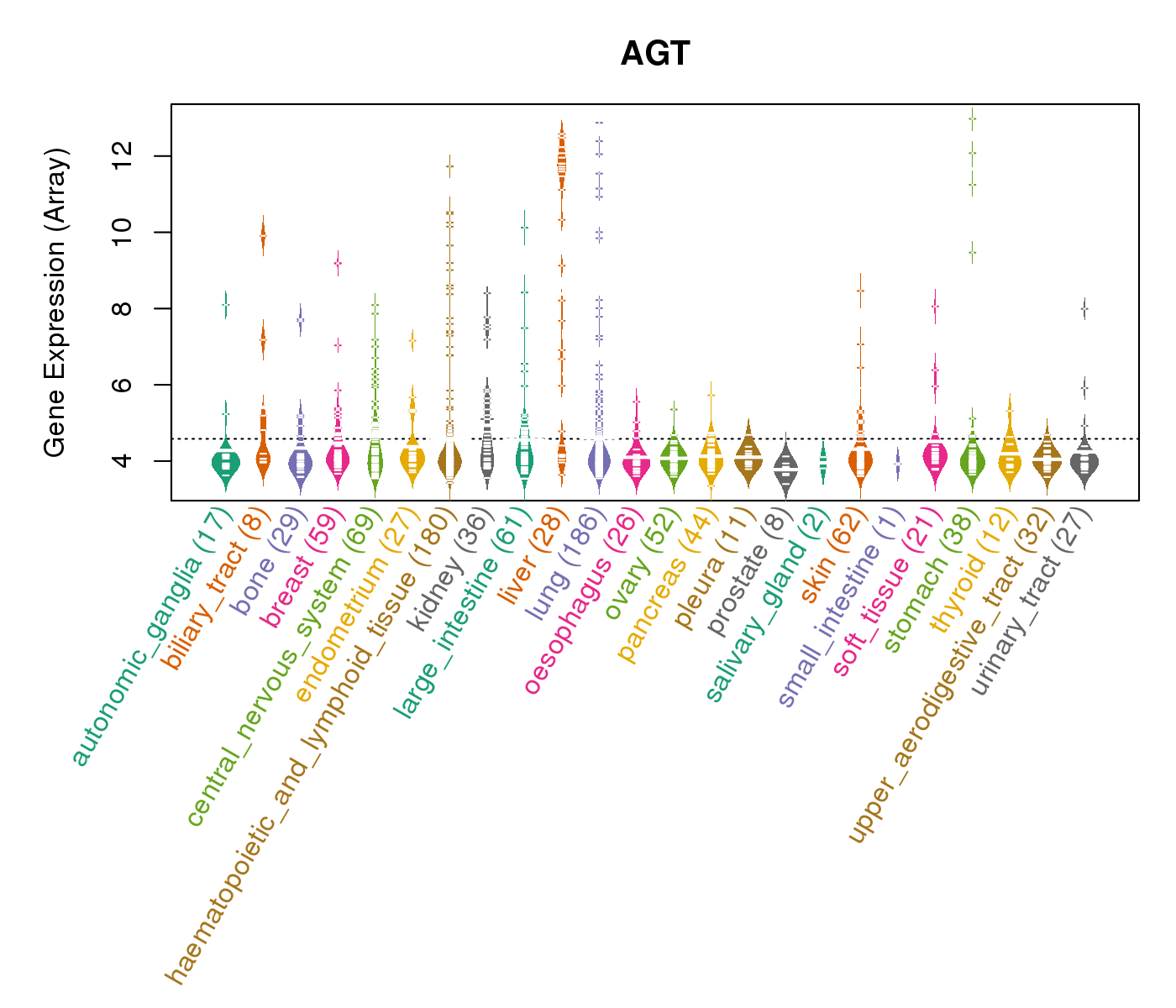 |
| * Normalized gene expression data of RNASeqV2 was extracted from TCGA using R package TCGA-Assembler. The URLs of all public data files on TCGA DCC data server were gathered at Jan-05-2015. Only eight cancer types have enough normal control samples for differential expression analysis. (t test, adjusted p<0.05 (using Benjamini-Hochberg FDR)) |
 |
| Top |
| * This plots show the correlation between CNV and gene expression. |
: Open all plots for all cancer types
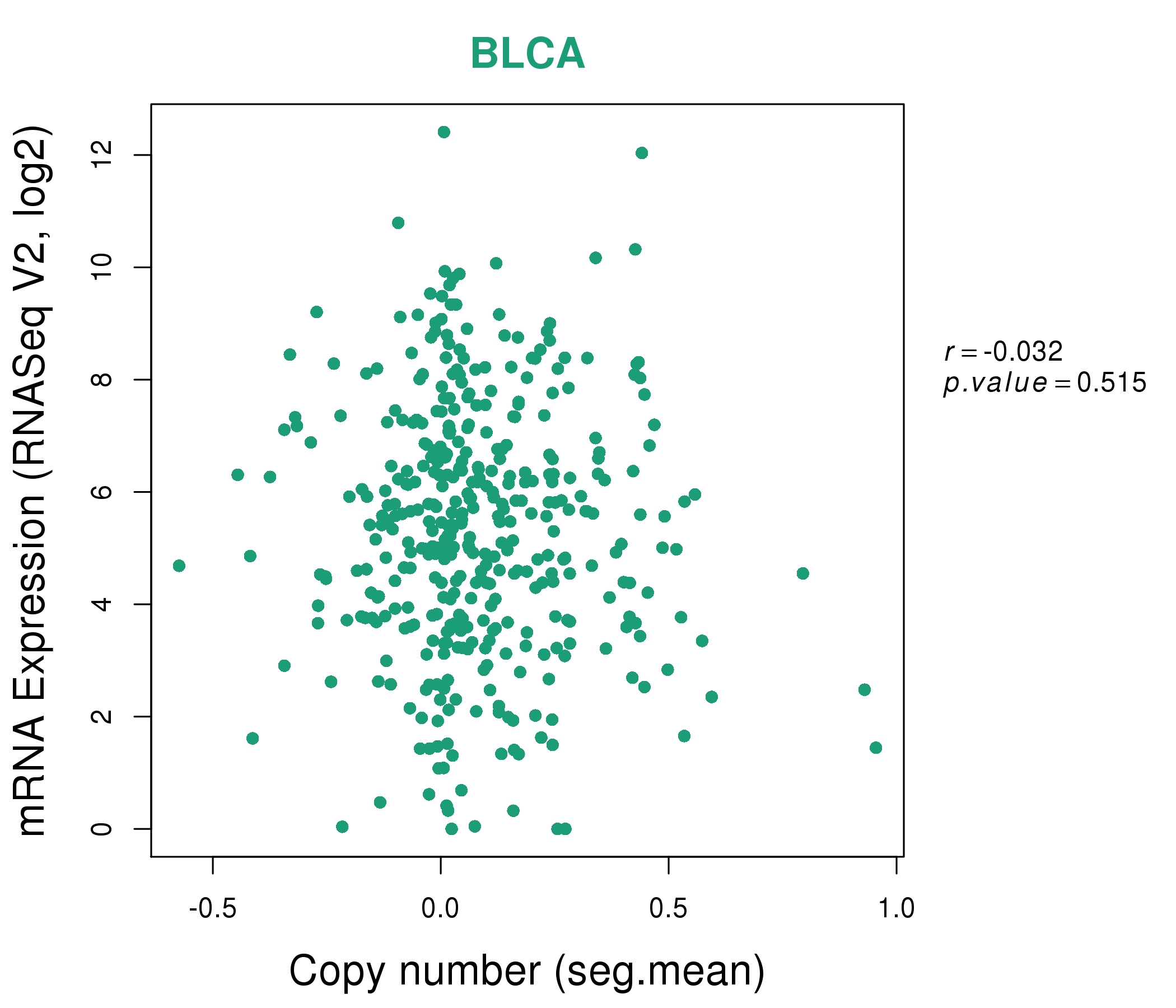 |
|
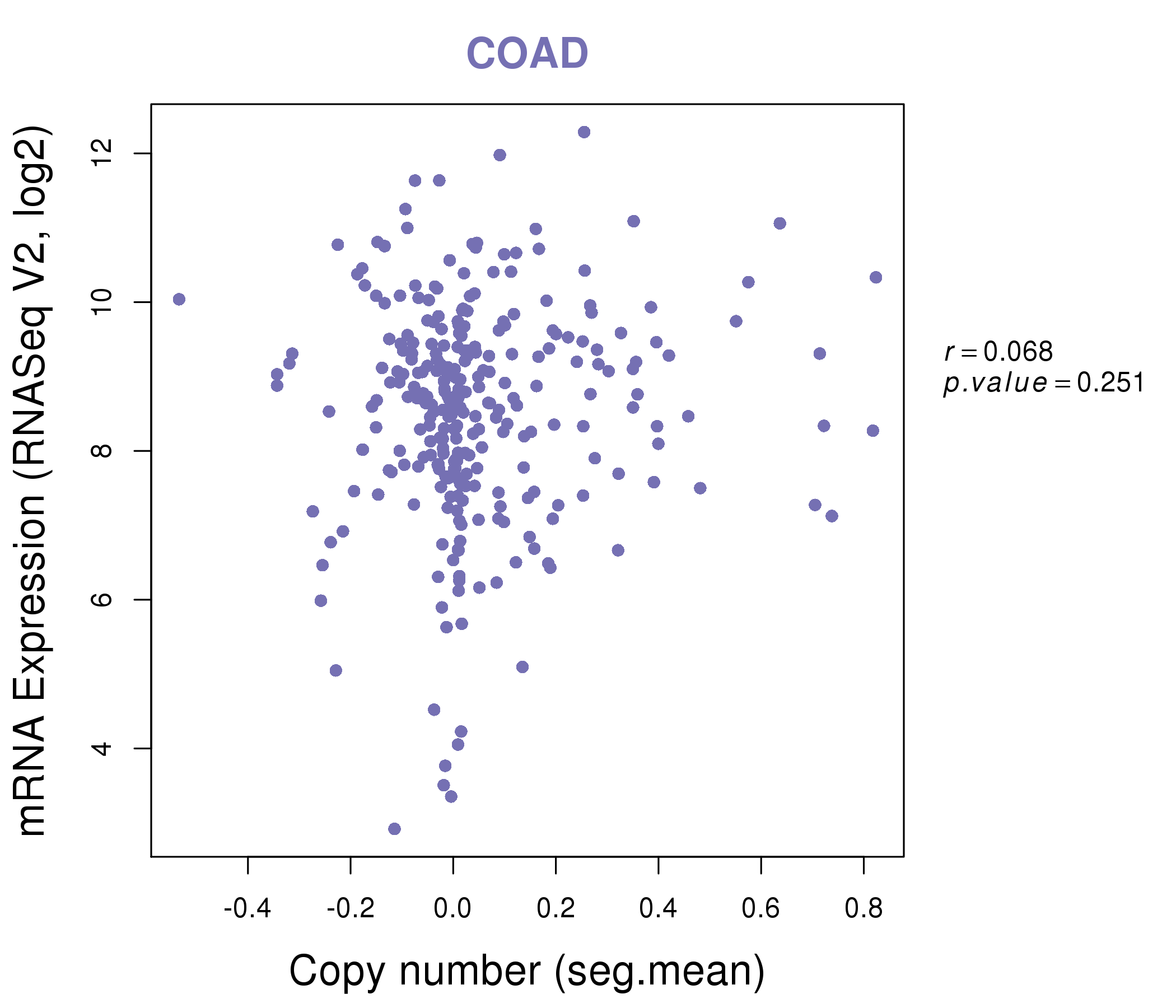 |
|
| Top |
| Gene-Gene Network Information |
| * Co-Expression network figures were drawn using R package igraph. Only the top 20 genes with the highest correlations were shown. Red circle: input gene, orange circle: cell metabolism gene, sky circle: other gene |
: Open all plots for all cancer types
 |
| ||||
| A1CF,AGT,APCS,APOA2,APOA4,APOC3,ARG1, ASPDH,C8A,C8G,CRP,F2,FGF23,LEAP2, MT1B,PLG,PRAP1,SERPINA10,SERPINA7,SERPINC1,TM4SF5 | ACAT1,ACO2,AGT,ALPK3,ATP5B,ADCK3,CHCHD3, FH,IMMT,MLYCD,OGDH,PDHB,PDHX,PGM1, PHYH,SDHB,SGCG,SLC2A4,SLC6A8,SOX6,TBX15 | ||||
 |
| ||||
| ABCC2,AGT,CLCN5,EMID1,F7,IL34,LRRC43, MYBPHL,NCKAP5,PHYHIPL,PKLR,PLAGL2,RASL10B,SALL1, SERPINA7,SHROOM4,SLC19A3,SLC23A1,SLC2A8,SLC5A6,TSPAN33 | AGT,ASPDH,CLDN2,CRISP2,DSG3,RMDN3,GALNT14, GGN,GPD1,GRAMD1B,KCNJ16,KCP,MAF,NR1I3, PDZK1P1,PRSS1,SLC5A1,SLC7A7,TMEM92,UNC5CL,ZNF488 |
| * Co-Expression network figures were drawn using R package igraph. Only the top 20 genes with the highest correlations were shown. Red circle: input gene, orange circle: cell metabolism gene, sky circle: other gene |
: Open all plots for all cancer types
| Top |
: Open all interacting genes' information including KEGG pathway for all interacting genes from DAVID
| Top |
| Pharmacological Information for AGT |
| DB Category | DB Name | DB's ID and Url link |
| Organism-specific databases | PharmGKB | PA42; -. |
| Organism-specific databases | CTD | 183; -. |
| * Gene Centered Interaction Network. |
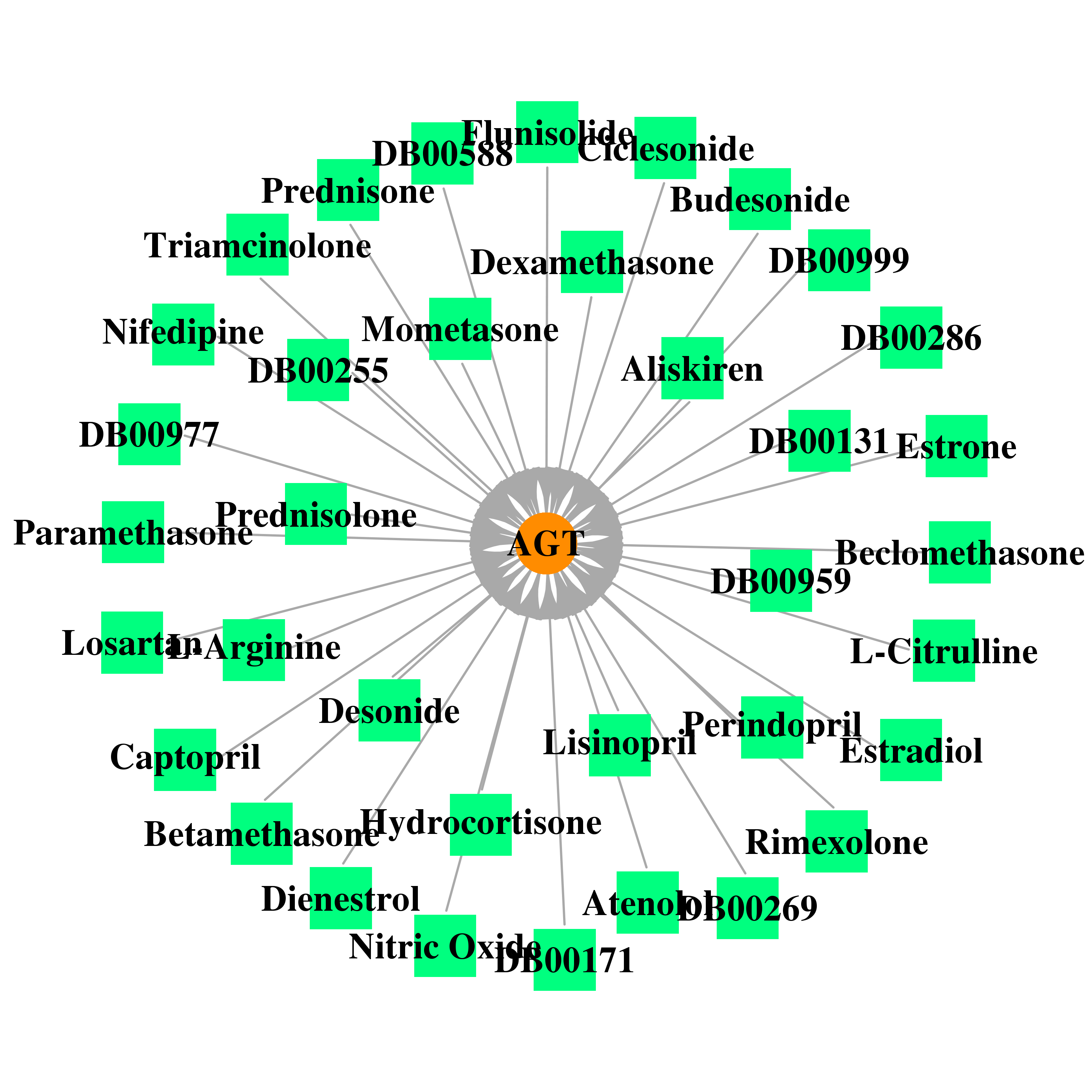 |
| * Drug Centered Interaction Network. |
| DrugBank ID | Target Name | Drug Groups | Generic Name | Drug Centered Network | Drug Structure |
| DB00999 | angiotensinogen (serpin peptidase inhibitor, clade A, member 8) | approved | Hydrochlorothiazide |  | 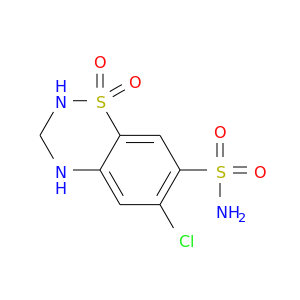 |
| DB00678 | angiotensinogen (serpin peptidase inhibitor, clade A, member 8) | approved | Losartan |  |  |
| DB00790 | angiotensinogen (serpin peptidase inhibitor, clade A, member 8) | approved | Perindopril | 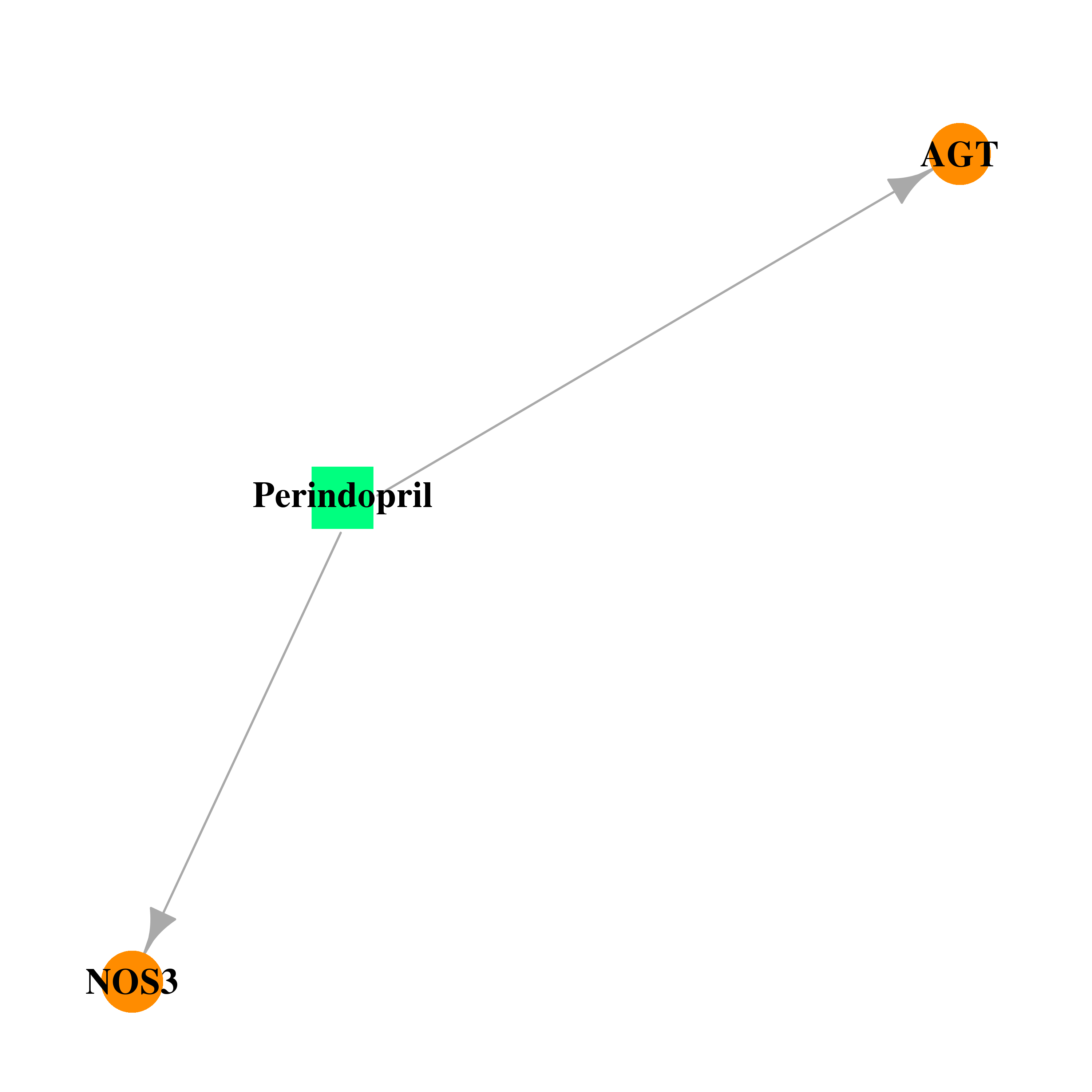 |  |
| DB01197 | angiotensinogen (serpin peptidase inhibitor, clade A, member 8) | approved | Captopril | 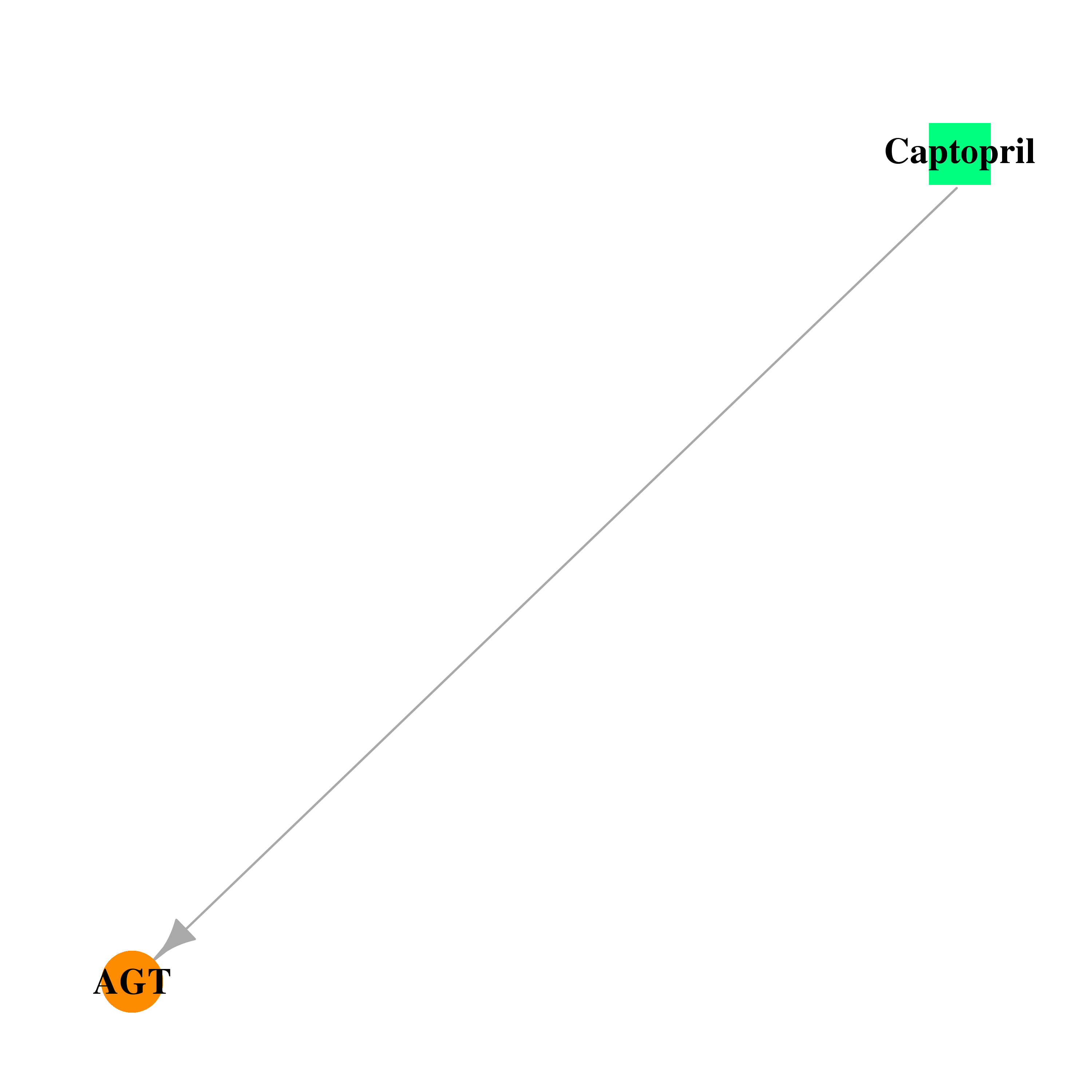 | 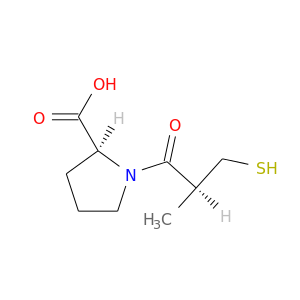 |
| DB00269 | angiotensinogen (serpin peptidase inhibitor, clade A, member 8) | approved | Chlorotrianisene | 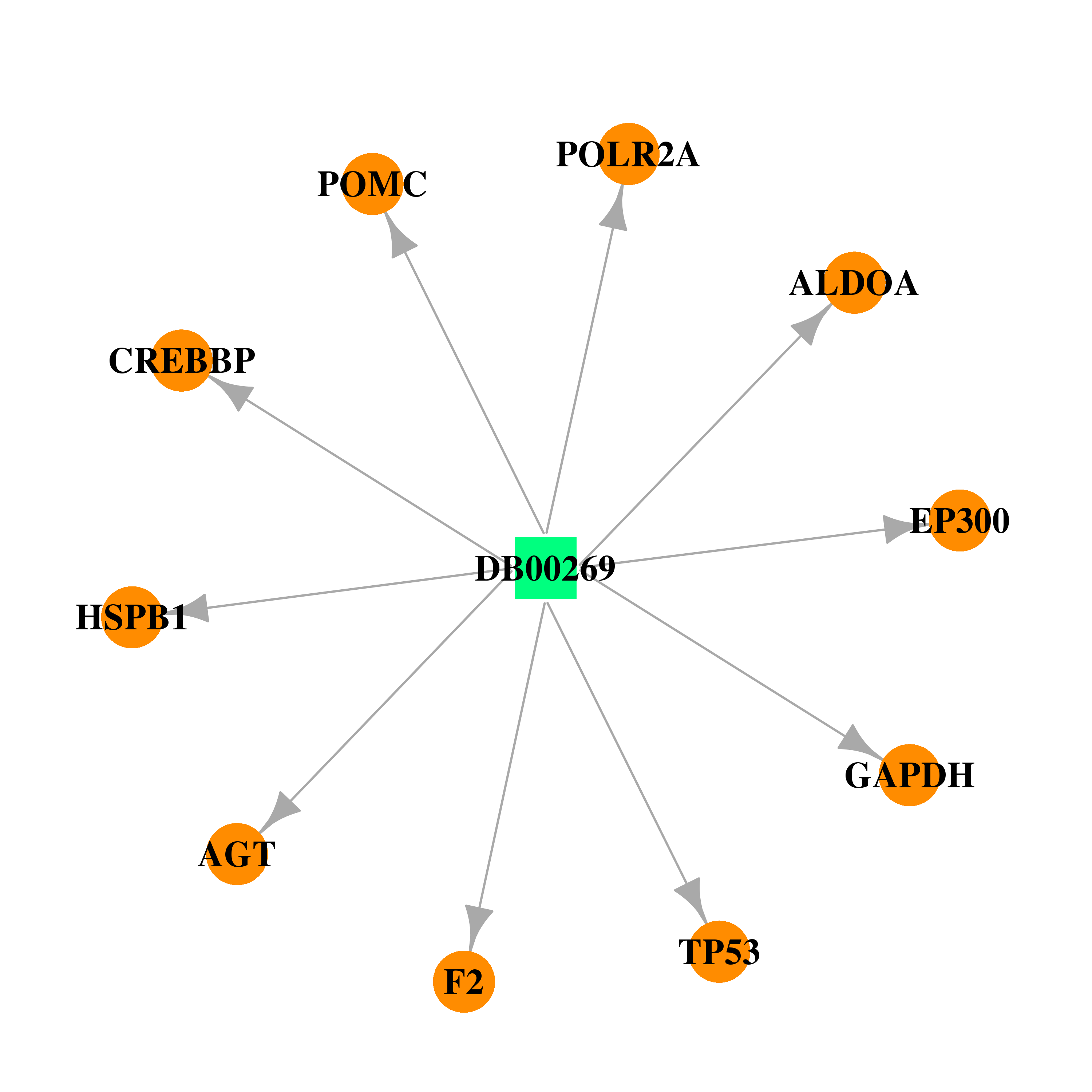 |  |
| DB00286 | angiotensinogen (serpin peptidase inhibitor, clade A, member 8) | approved | Conjugated Estrogens | 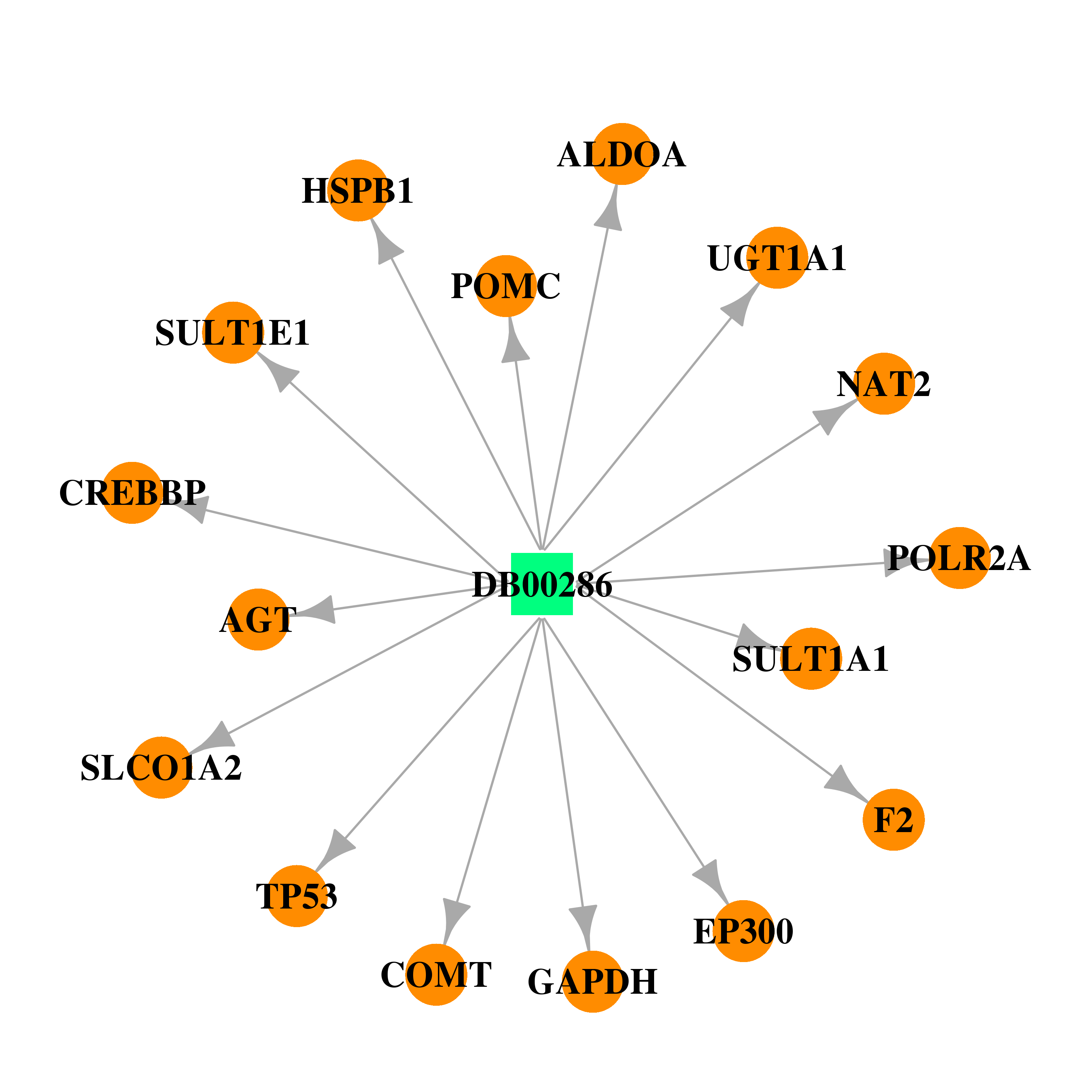 | 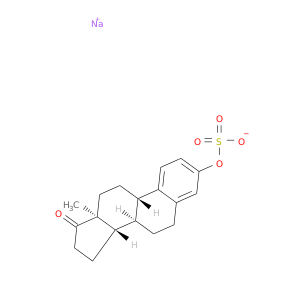 |
| DB00890 | angiotensinogen (serpin peptidase inhibitor, clade A, member 8) | approved | Dienestrol | 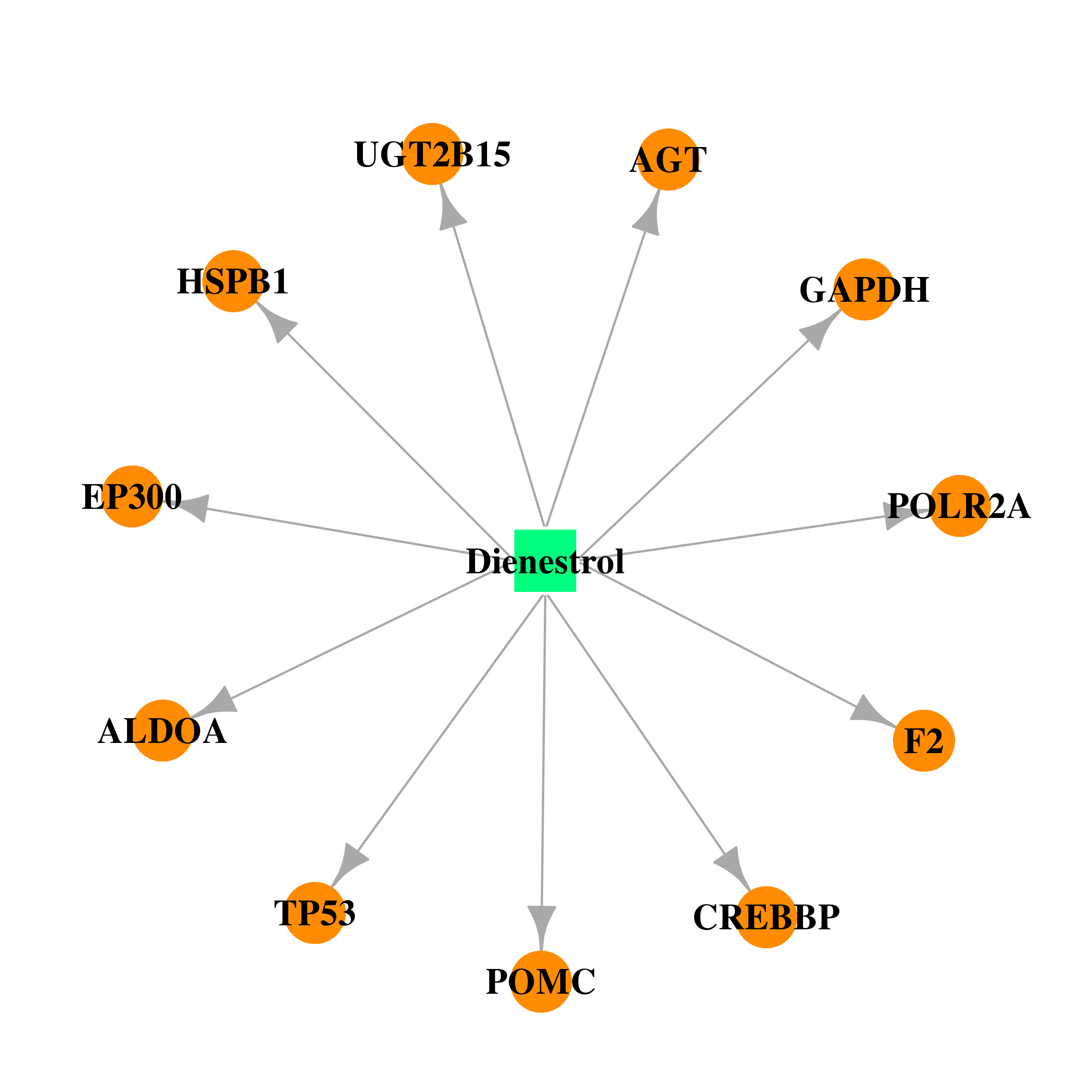 |  |
| DB00255 | angiotensinogen (serpin peptidase inhibitor, clade A, member 8) | approved | Diethylstilbestrol |  |  |
| DB00783 | angiotensinogen (serpin peptidase inhibitor, clade A, member 8) | approved; investigational | Estradiol | 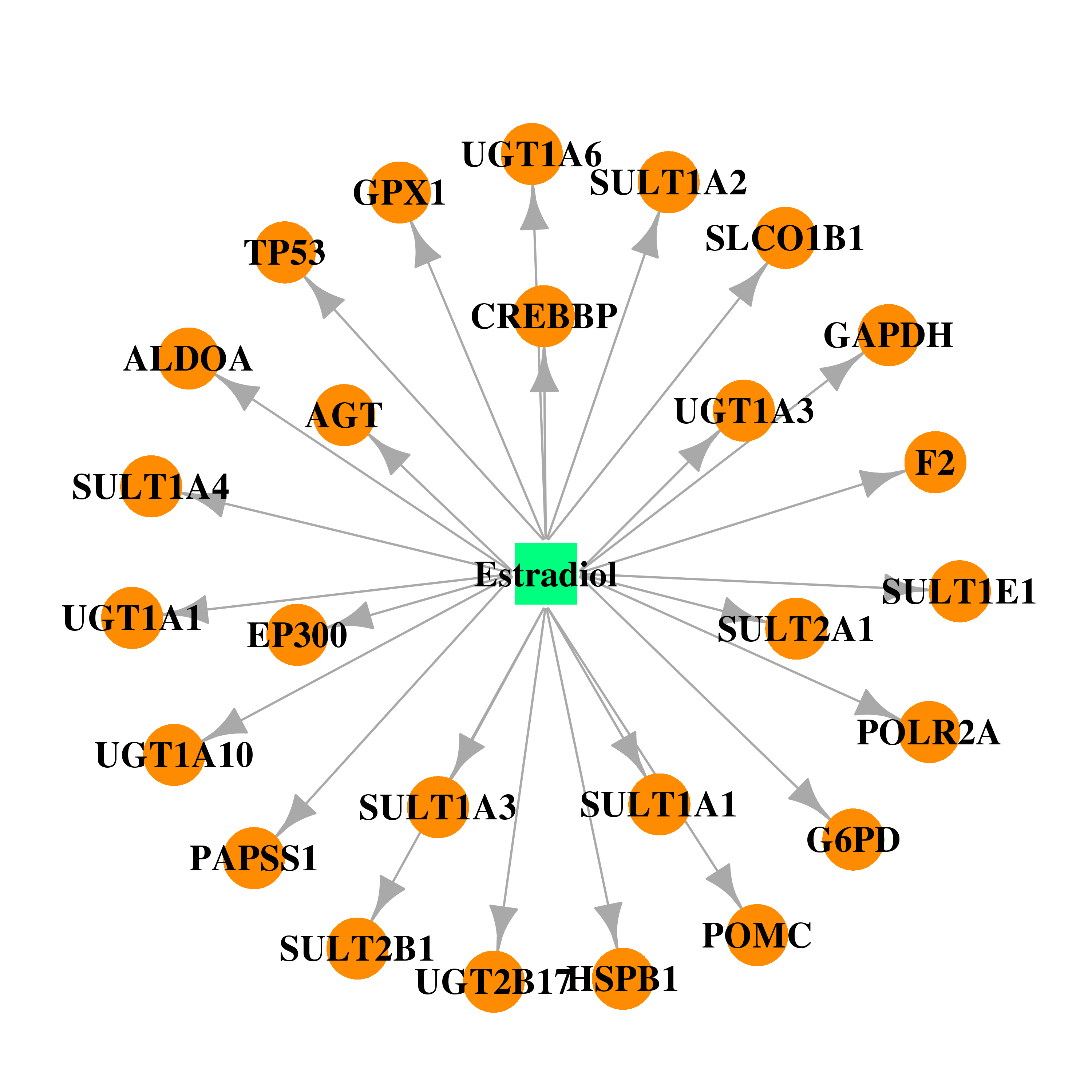 |  |
| DB00655 | angiotensinogen (serpin peptidase inhibitor, clade A, member 8) | approved | Estrone | 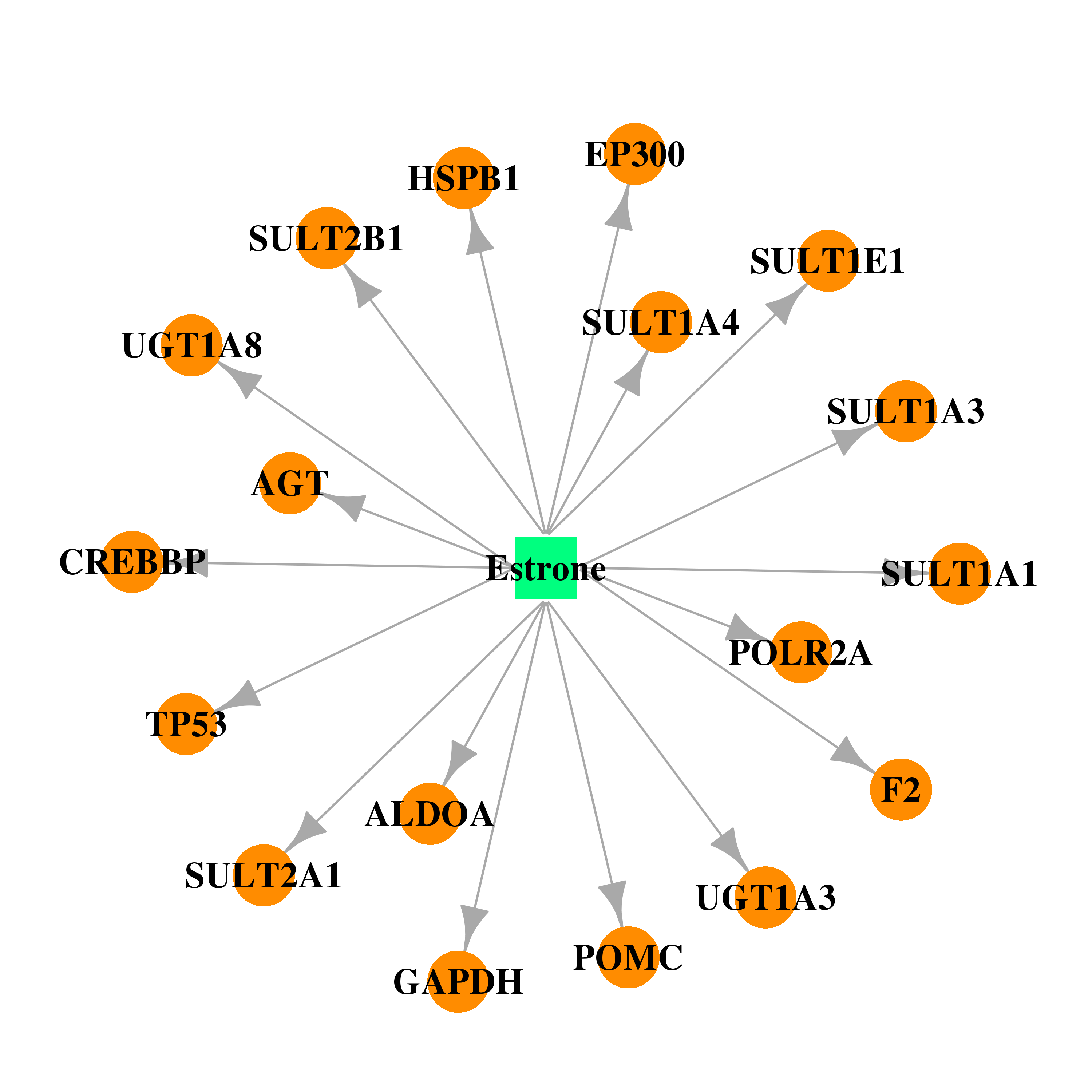 | 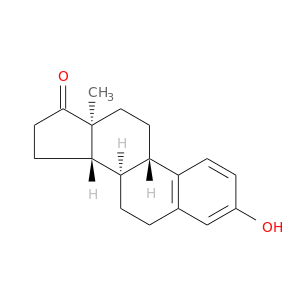 |
| DB00977 | angiotensinogen (serpin peptidase inhibitor, clade A, member 8) | approved | Ethinyl Estradiol | 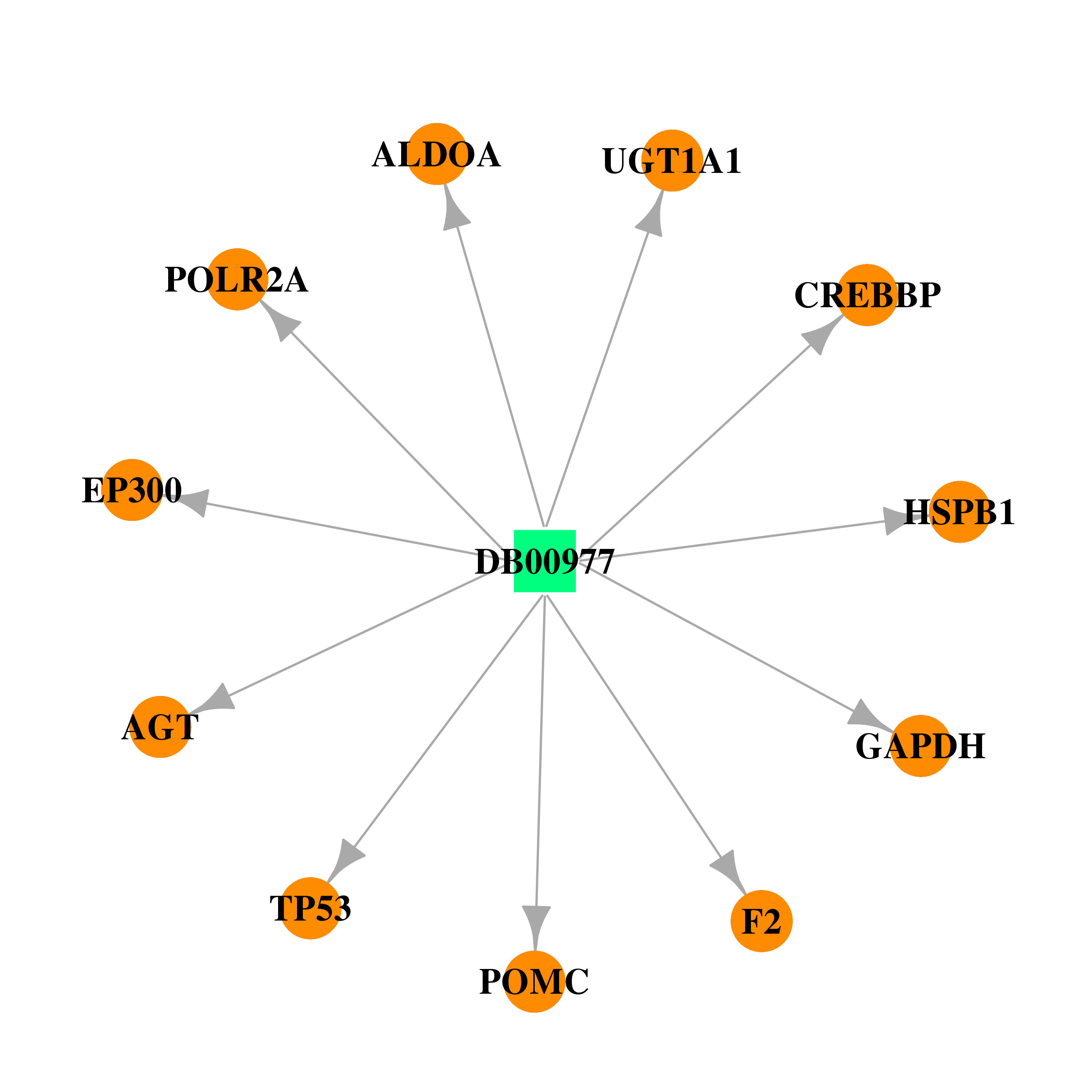 |  |
| DB00394 | angiotensinogen (serpin peptidase inhibitor, clade A, member 8) | approved | Beclomethasone |  | 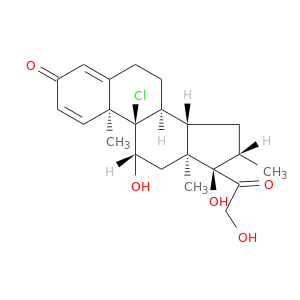 |
| DB00443 | angiotensinogen (serpin peptidase inhibitor, clade A, member 8) | approved | Betamethasone |  | 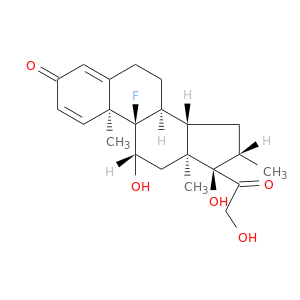 |
| DB01222 | angiotensinogen (serpin peptidase inhibitor, clade A, member 8) | approved; investigational | Budesonide |  | 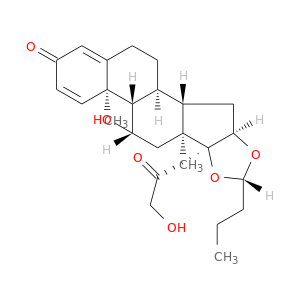 |
| DB01410 | angiotensinogen (serpin peptidase inhibitor, clade A, member 8) | approved; investigational | Ciclesonide | 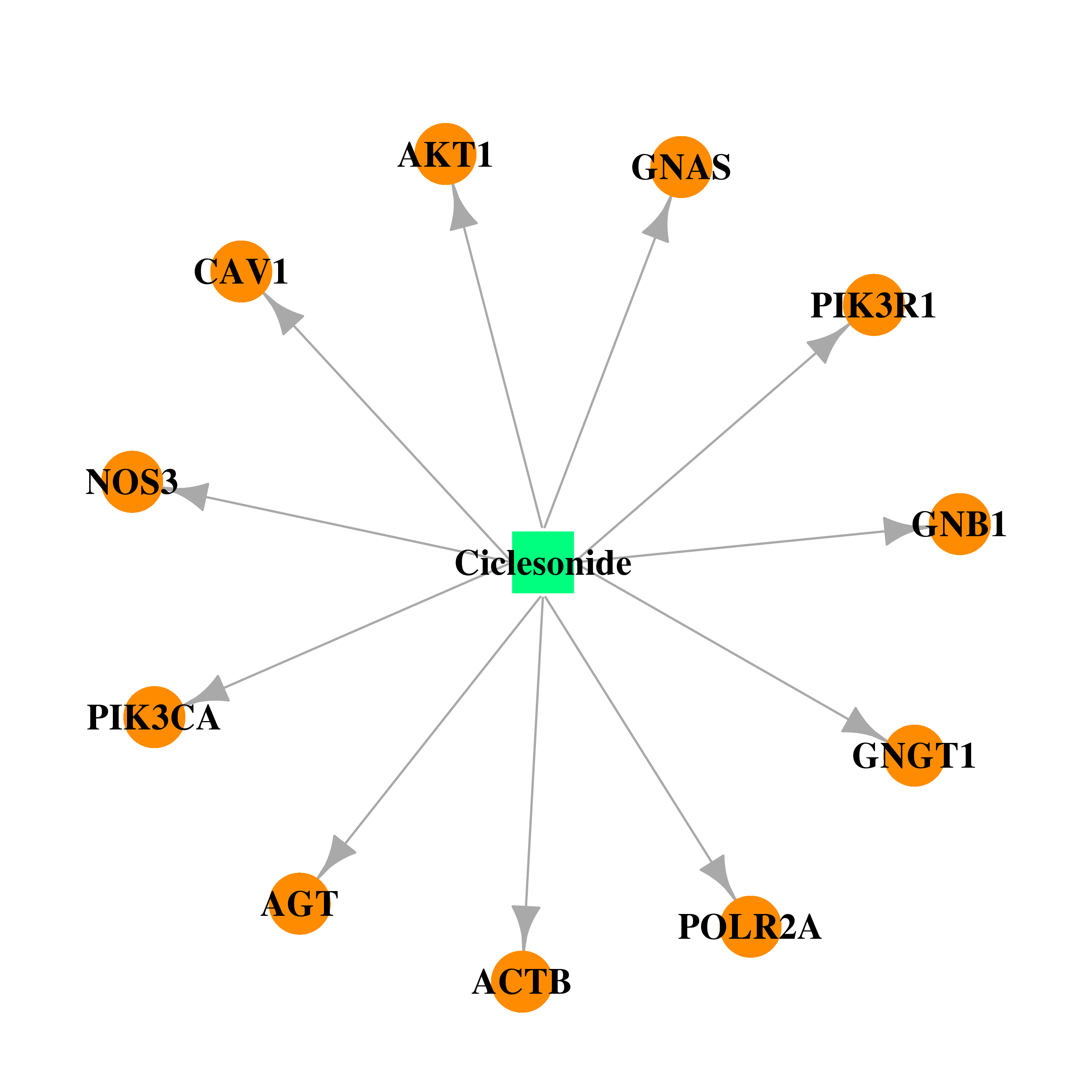 | 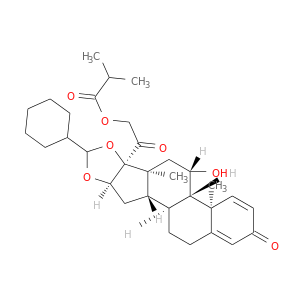 |
| DB01260 | angiotensinogen (serpin peptidase inhibitor, clade A, member 8) | approved; investigational | Desonide |  |  |
| DB01234 | angiotensinogen (serpin peptidase inhibitor, clade A, member 8) | approved; investigational | Dexamethasone | 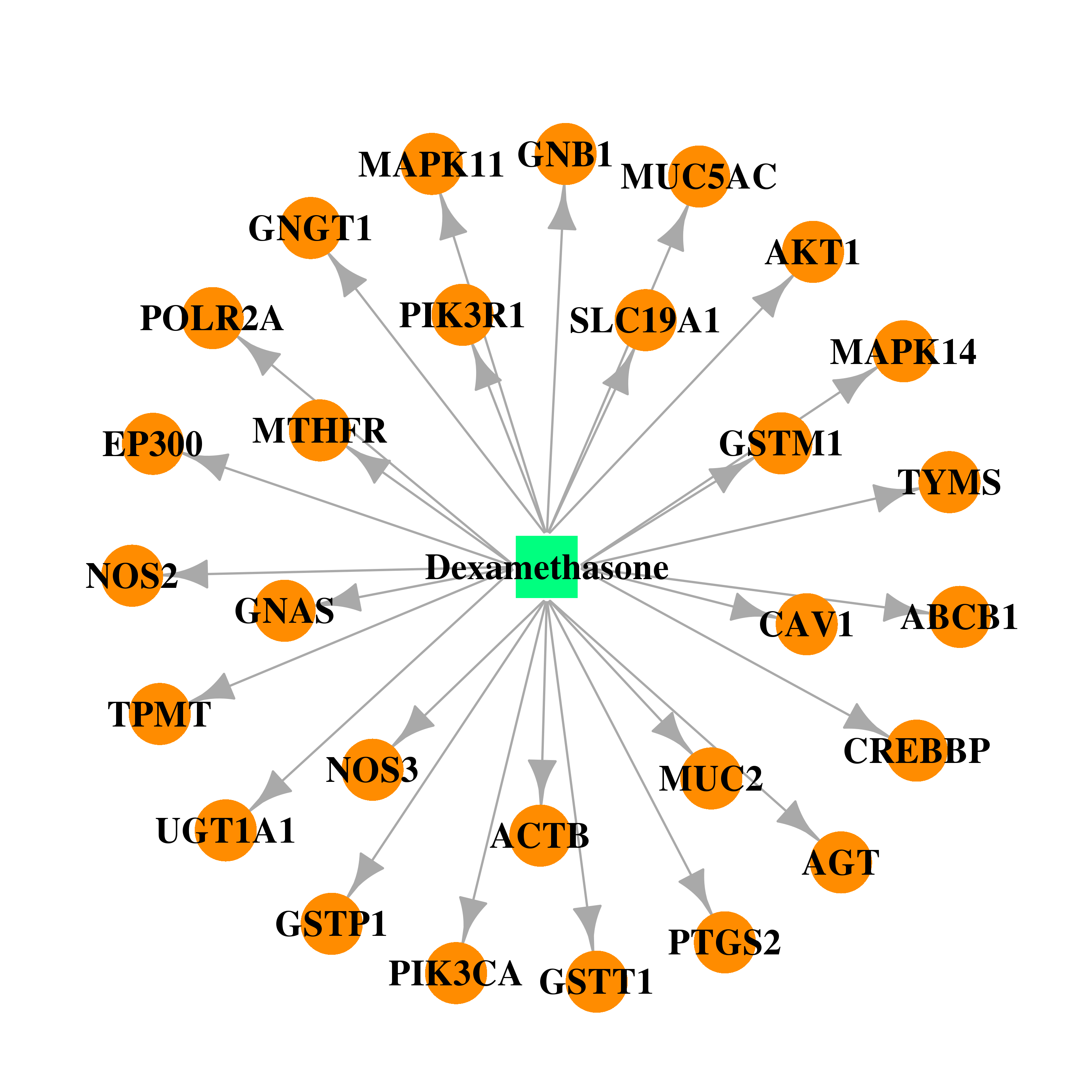 | 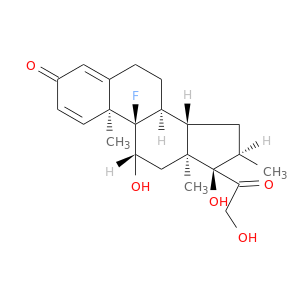 |
| DB00180 | angiotensinogen (serpin peptidase inhibitor, clade A, member 8) | approved; investigational | Flunisolide |  | 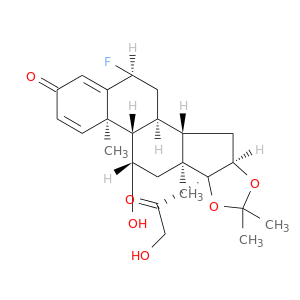 |
| DB00588 | angiotensinogen (serpin peptidase inhibitor, clade A, member 8) | approved; investigational | Fluticasone Propionate | 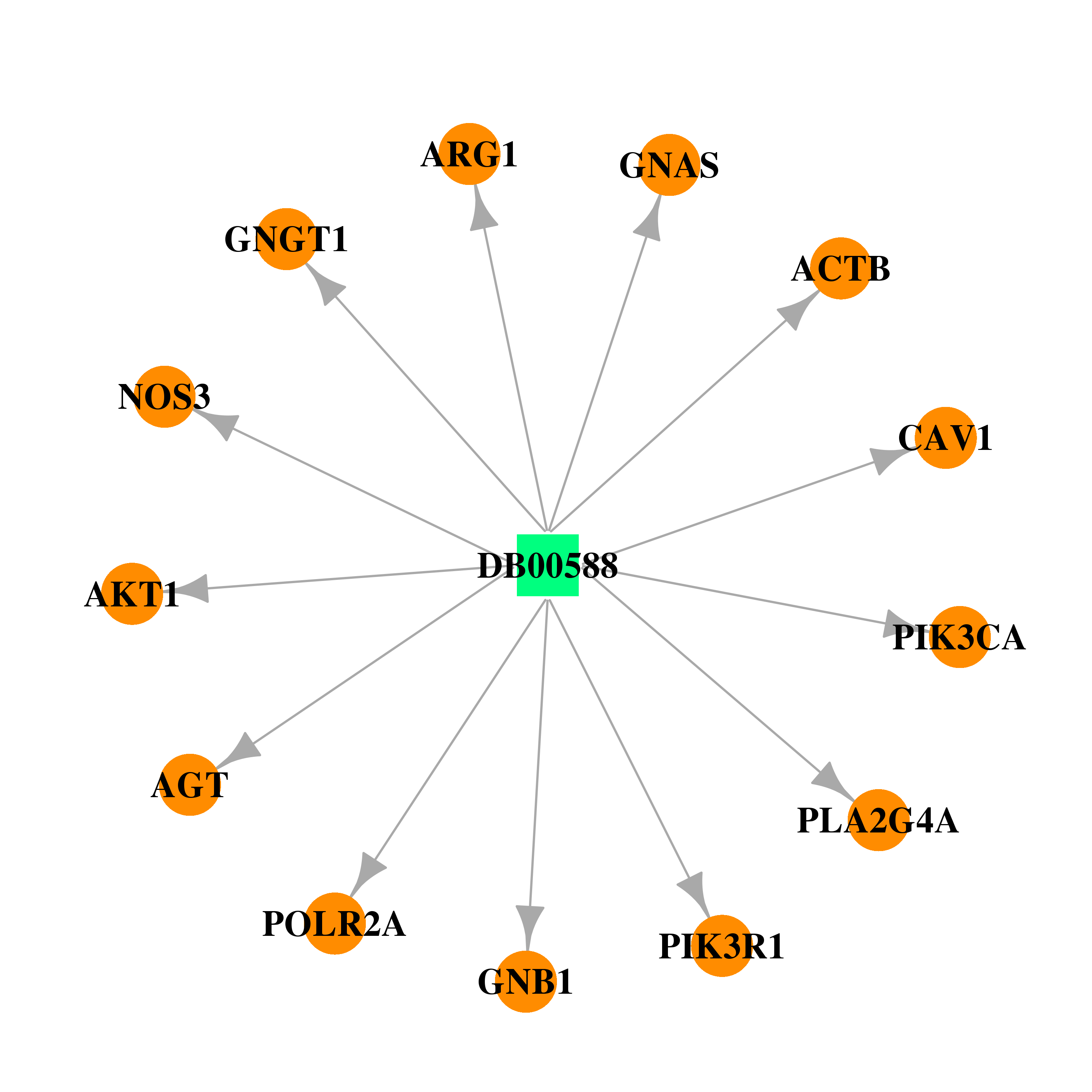 |  |
| DB00741 | angiotensinogen (serpin peptidase inhibitor, clade A, member 8) | approved | Hydrocortisone |  |  |
| DB00959 | angiotensinogen (serpin peptidase inhibitor, clade A, member 8) | approved | Methylprednisolone |  | 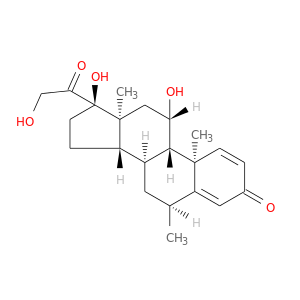 |
| DB00764 | angiotensinogen (serpin peptidase inhibitor, clade A, member 8) | approved | Mometasone | 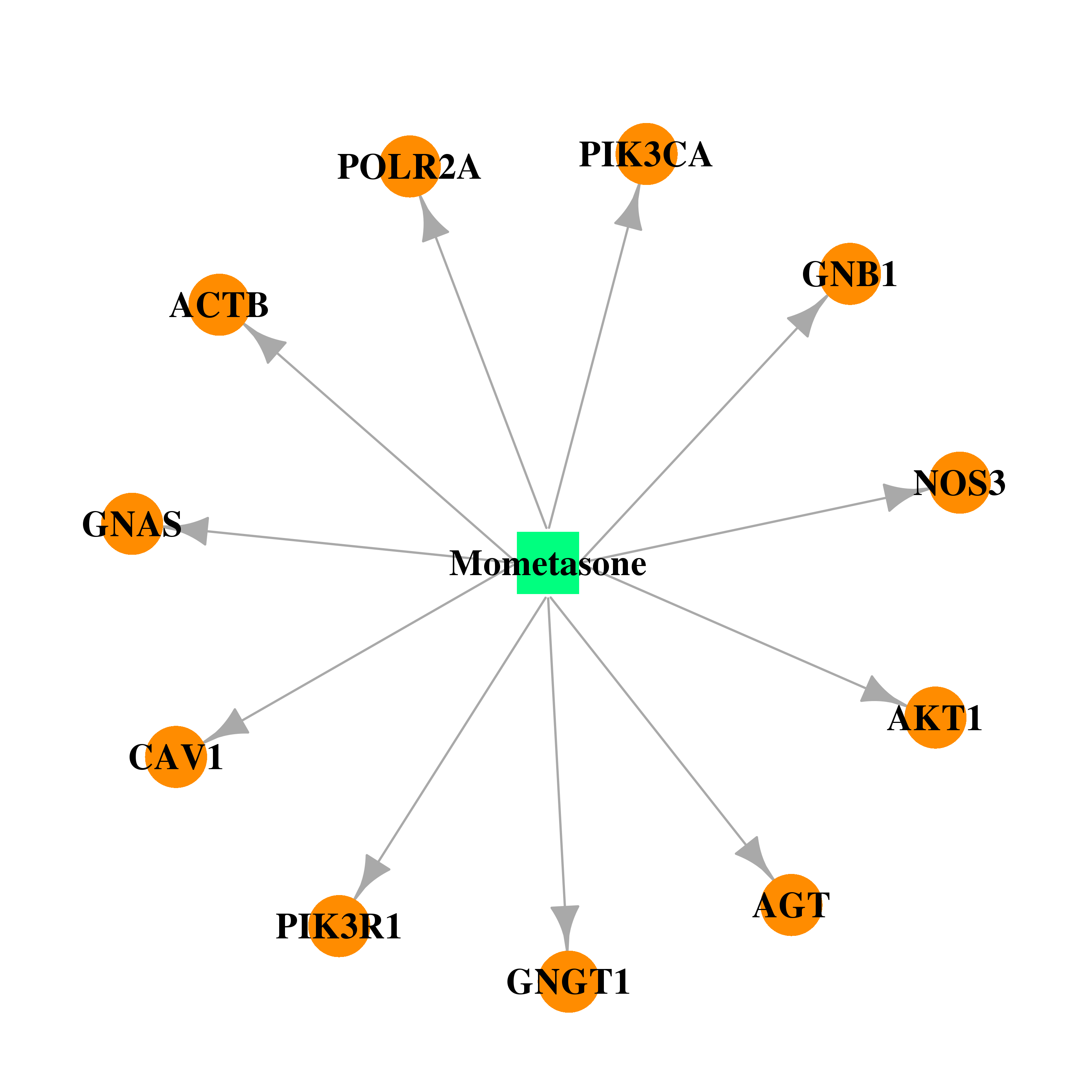 |  |
| DB01384 | angiotensinogen (serpin peptidase inhibitor, clade A, member 8) | approved | Paramethasone |  | 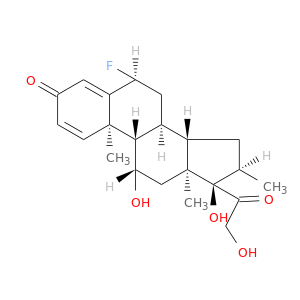 |
| DB00860 | angiotensinogen (serpin peptidase inhibitor, clade A, member 8) | approved | Prednisolone | 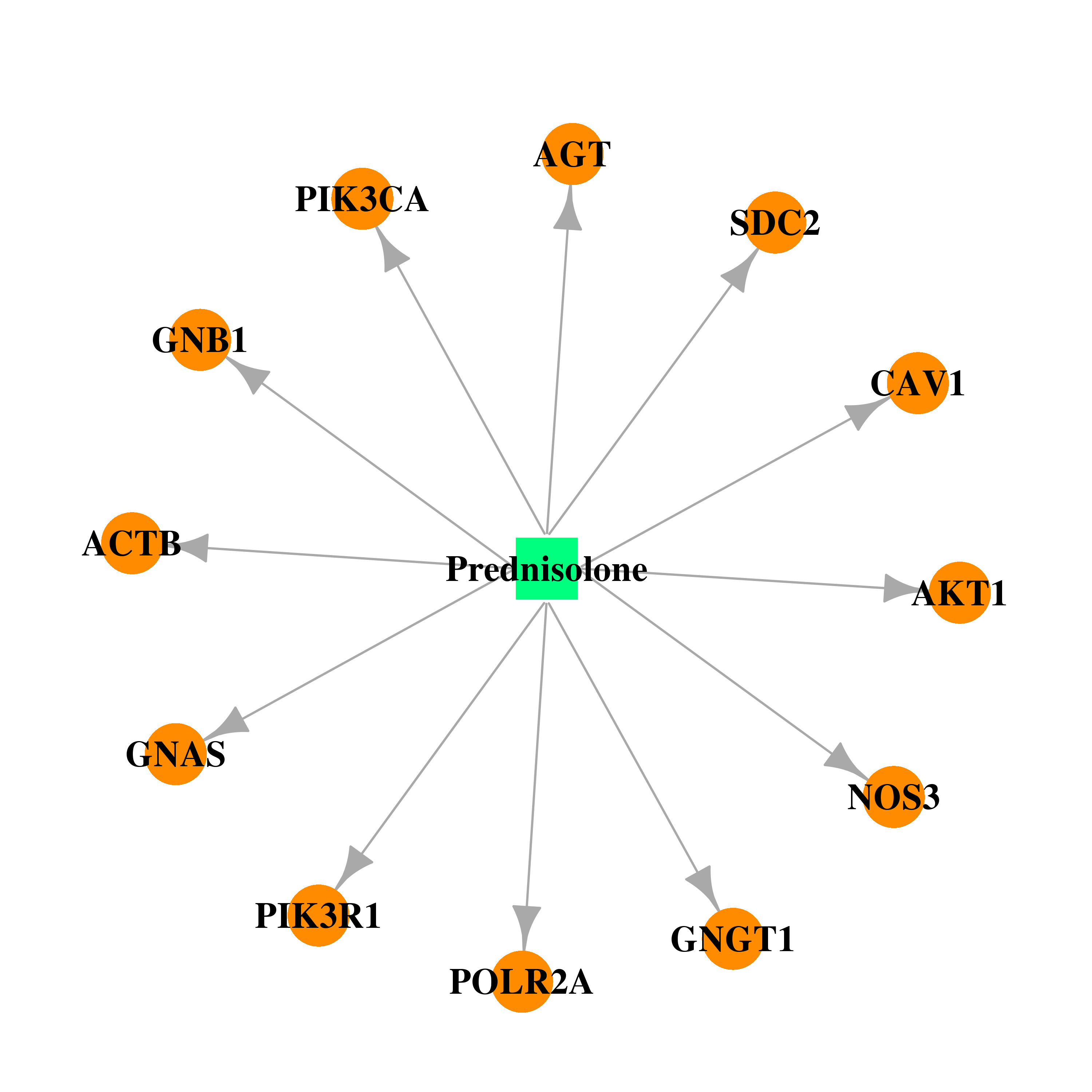 |  |
| DB00635 | angiotensinogen (serpin peptidase inhibitor, clade A, member 8) | approved | Prednisone | 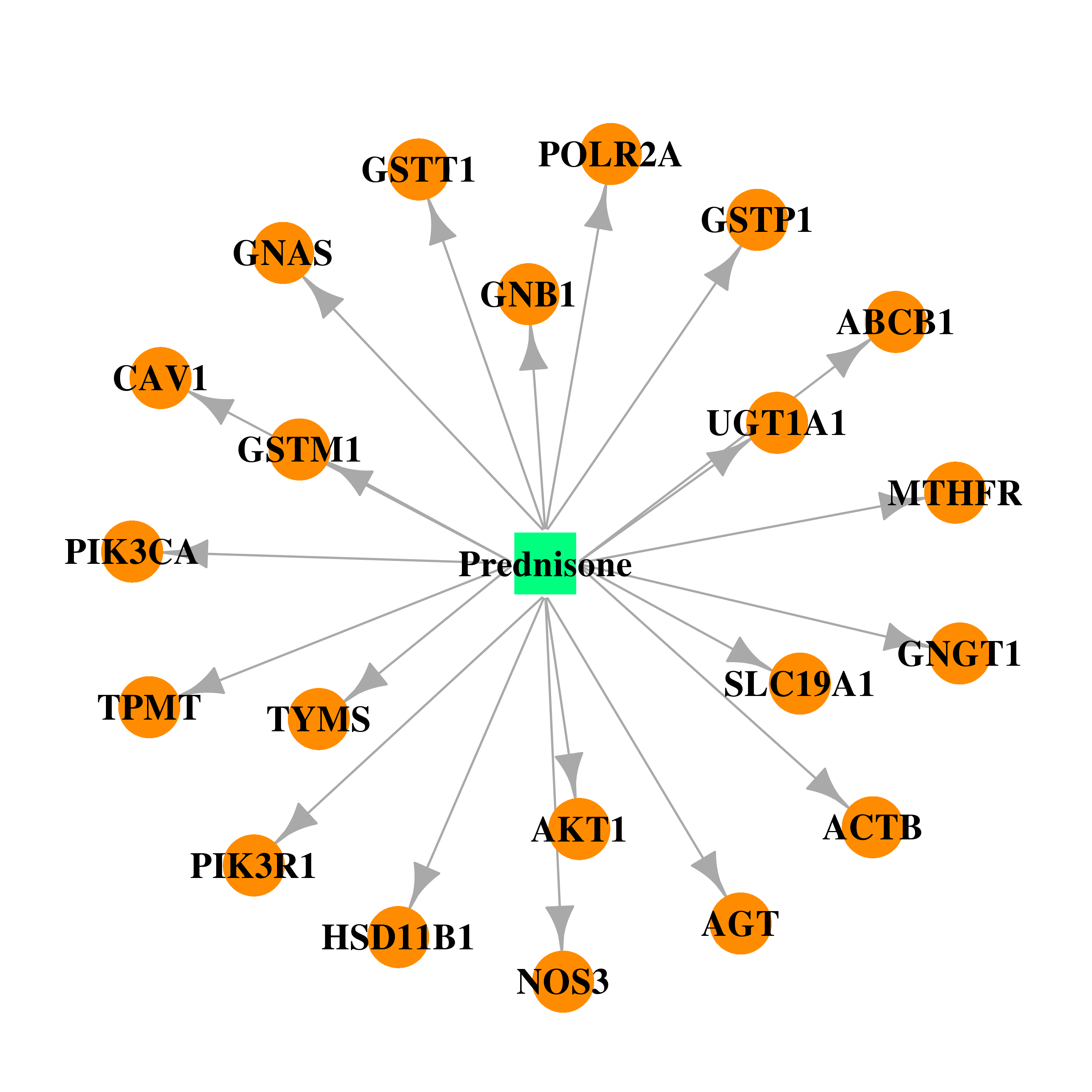 |  |
| DB00896 | angiotensinogen (serpin peptidase inhibitor, clade A, member 8) | approved | Rimexolone |  |  |
| DB00620 | angiotensinogen (serpin peptidase inhibitor, clade A, member 8) | approved | Triamcinolone |  |  |
| DB00125 | angiotensinogen (serpin peptidase inhibitor, clade A, member 8) | approved; nutraceutical | L-Arginine | 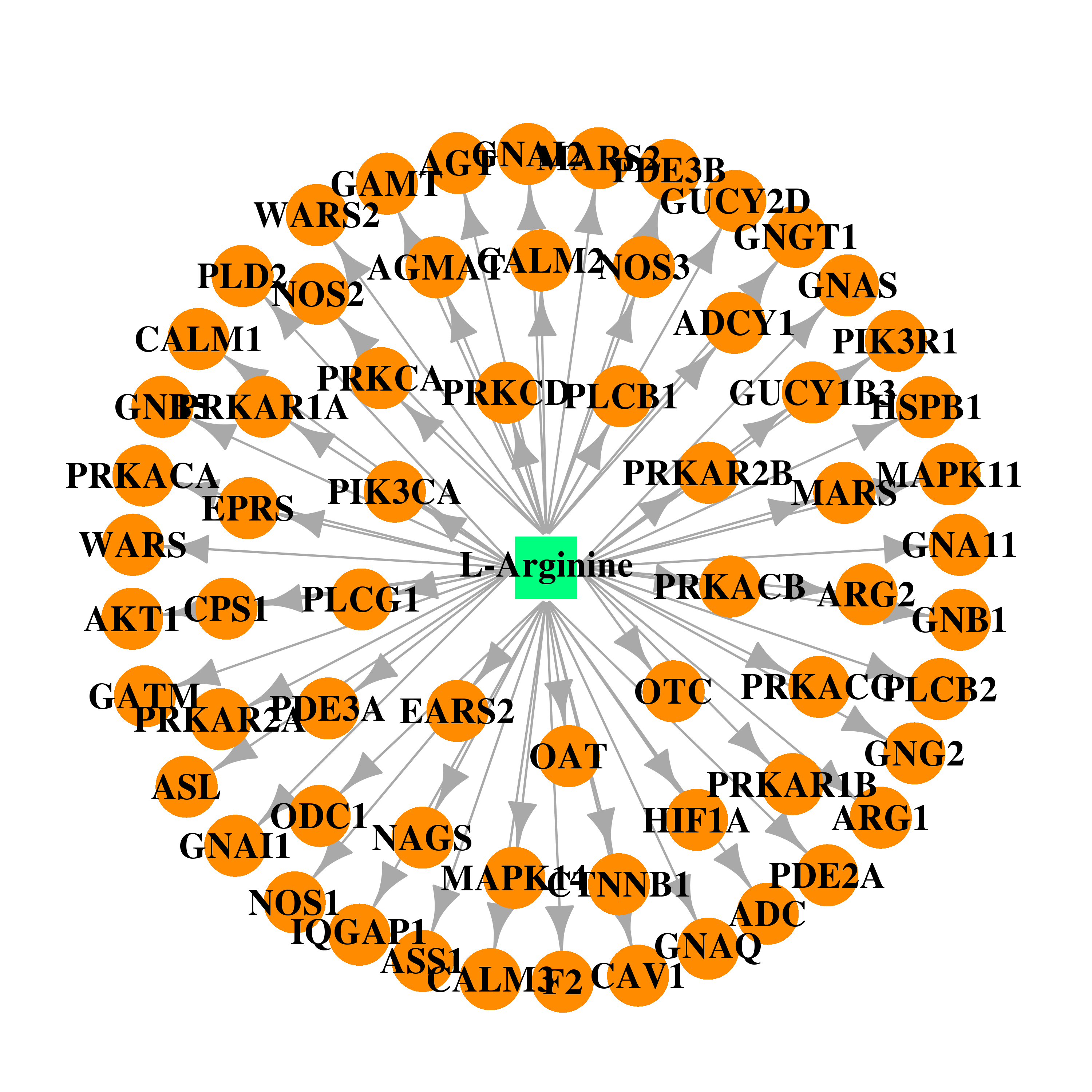 | 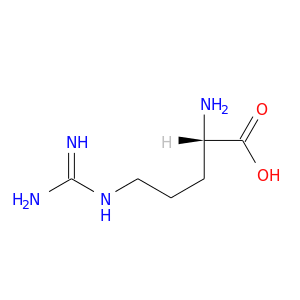 |
| DB00155 | angiotensinogen (serpin peptidase inhibitor, clade A, member 8) | approved; nutraceutical | L-Citrulline | 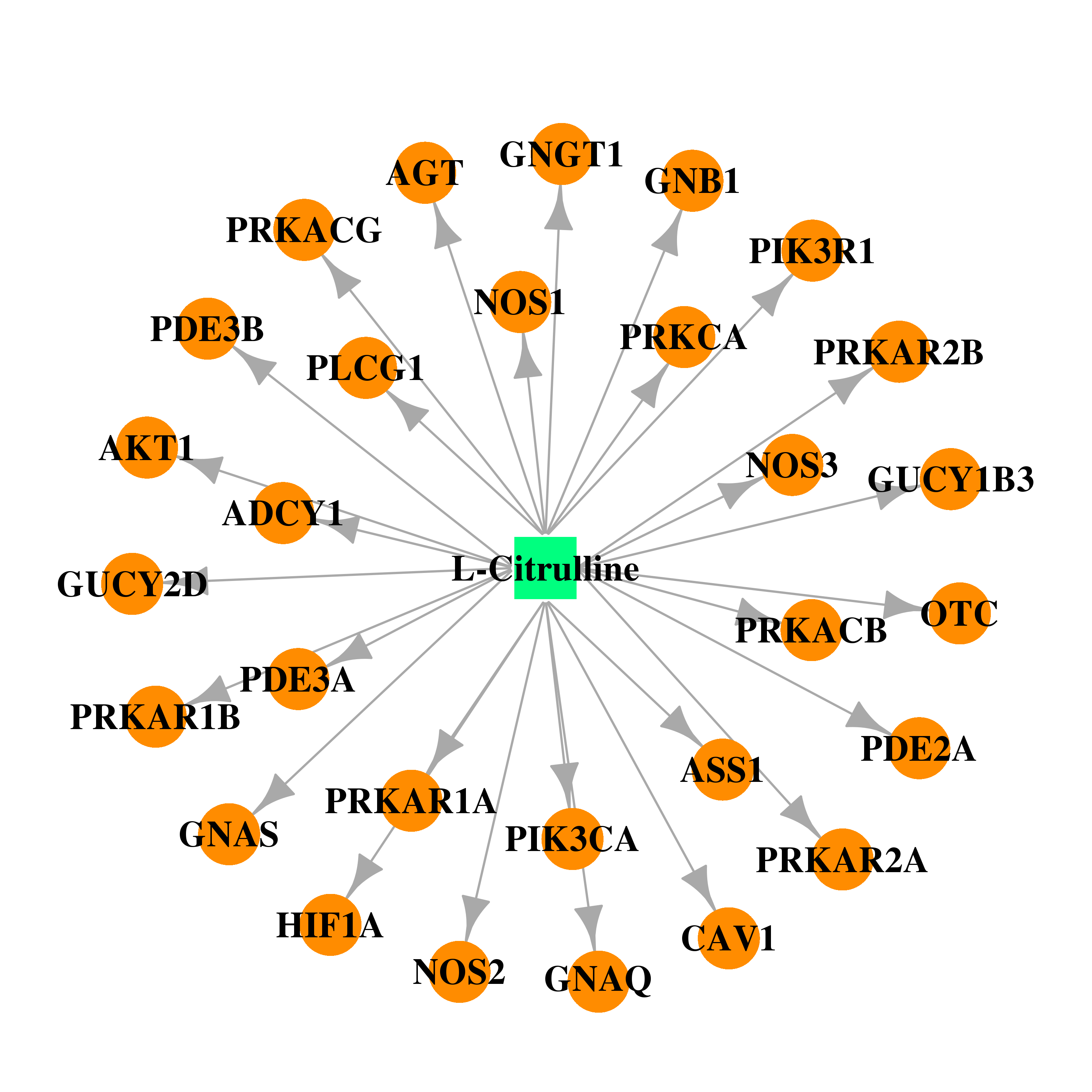 | 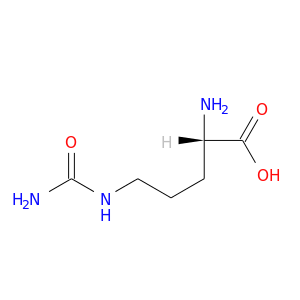 |
| DB00435 | angiotensinogen (serpin peptidase inhibitor, clade A, member 8) | approved | Nitric Oxide |  |  |
| DB00131 | angiotensinogen (serpin peptidase inhibitor, clade A, member 8) | approved; nutraceutical | Adenosine monophosphate |  | 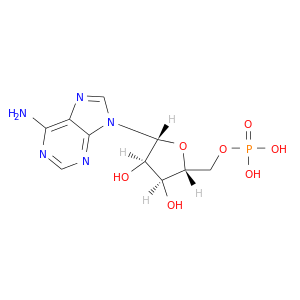 |
| DB00171 | angiotensinogen (serpin peptidase inhibitor, clade A, member 8) | approved; nutraceutical | Adenosine triphosphate |  |  |
| DB00335 | angiotensinogen (serpin peptidase inhibitor, clade A, member 8) | approved | Atenolol | 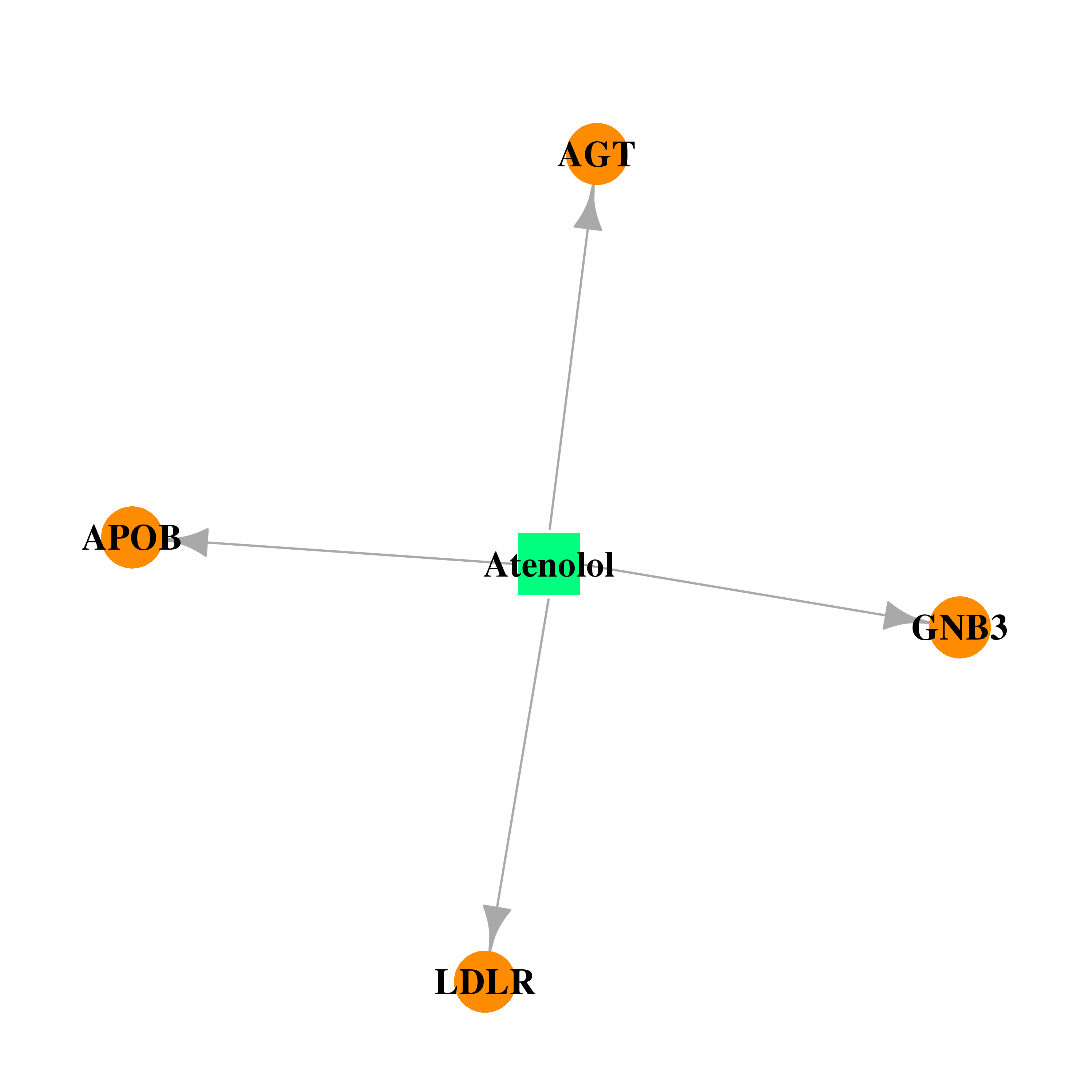 |  |
| DB00722 | angiotensinogen (serpin peptidase inhibitor, clade A, member 8) | approved; investigational | Lisinopril | 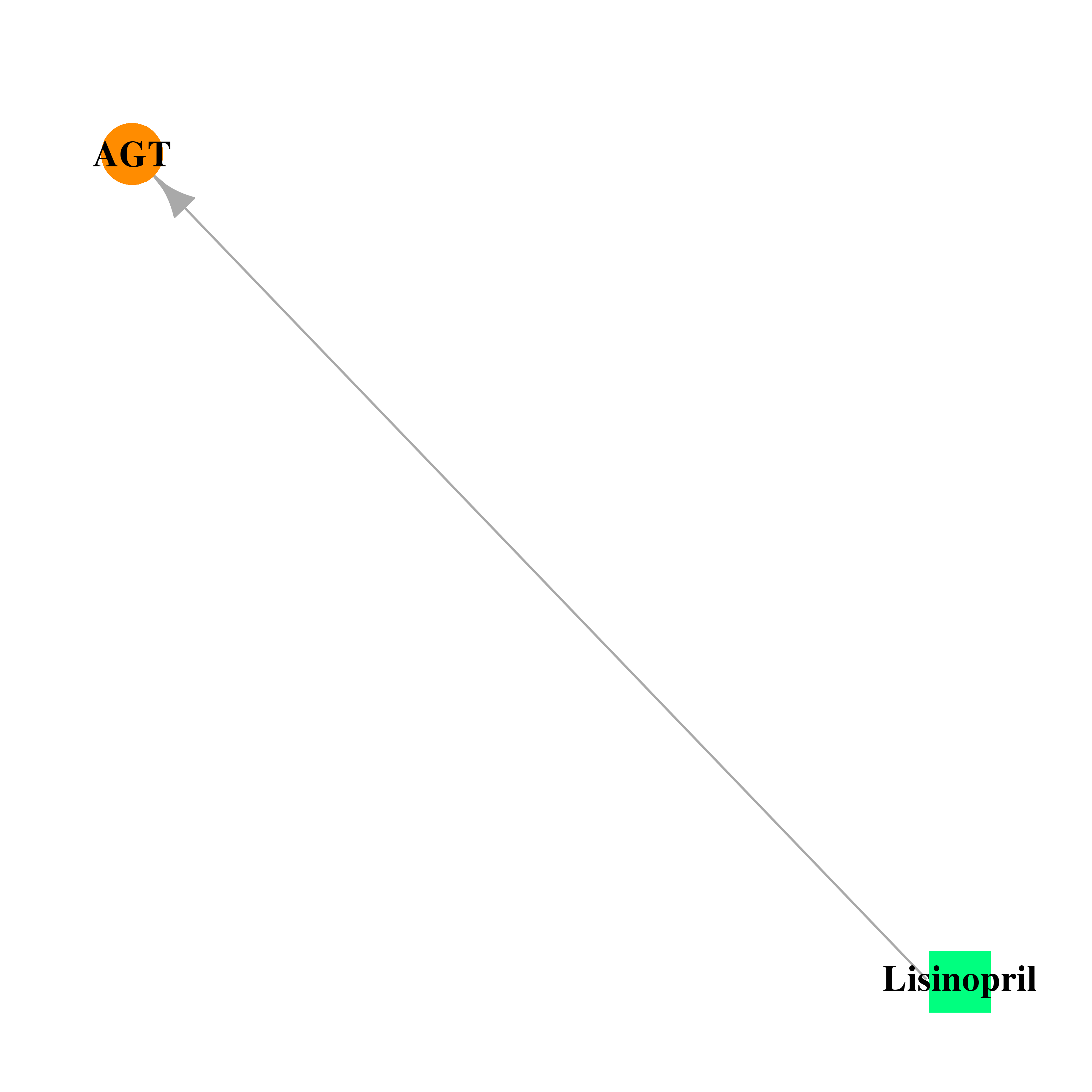 | 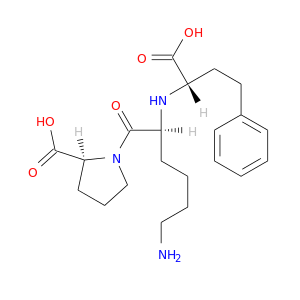 |
| DB01115 | angiotensinogen (serpin peptidase inhibitor, clade A, member 8) | approved | Nifedipine | 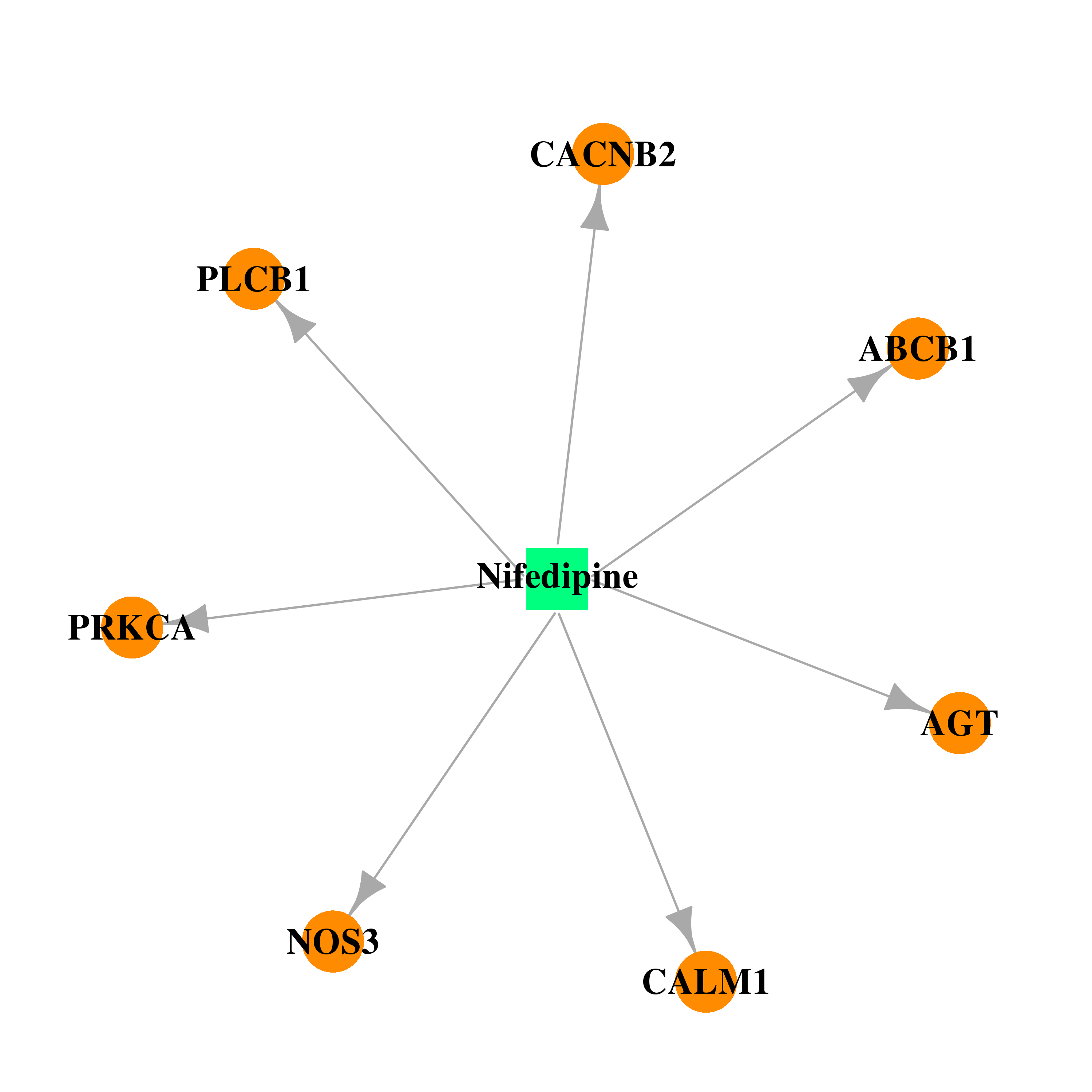 |  |
| DB01258 | angiotensinogen (serpin peptidase inhibitor, clade A, member 8) | approved; investigational | Aliskiren | 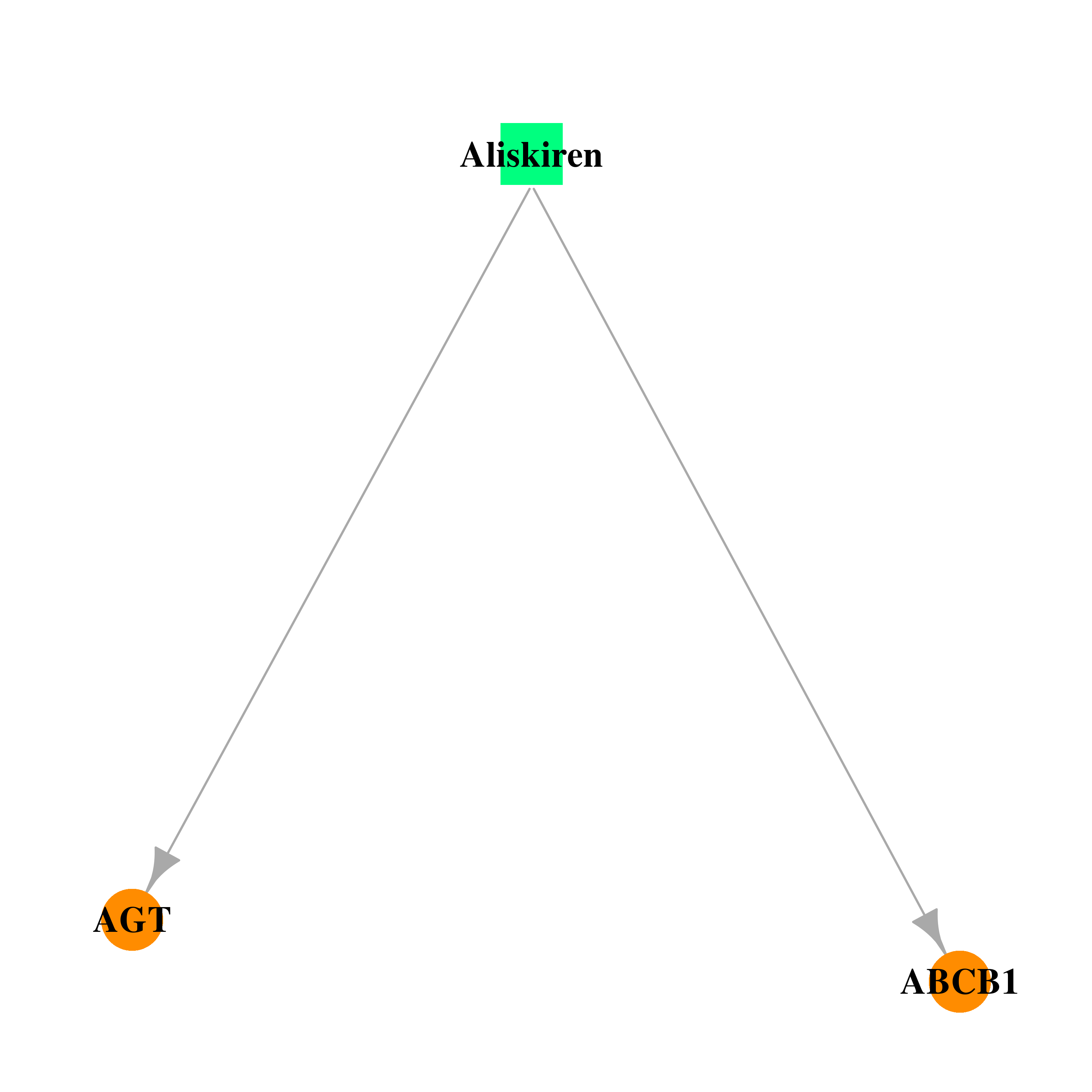 | 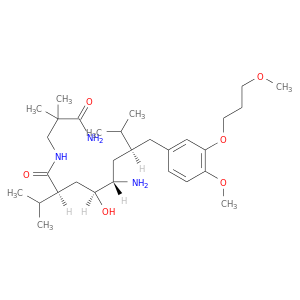 |
| Top |
| Cross referenced IDs for AGT |
| * We obtained these cross-references from Uniprot database. It covers 150 different DBs, 18 categories. http://www.uniprot.org/help/cross_references_section |
: Open all cross reference information
|
Copyright © 2016-Present - The Univsersity of Texas Health Science Center at Houston @ |






